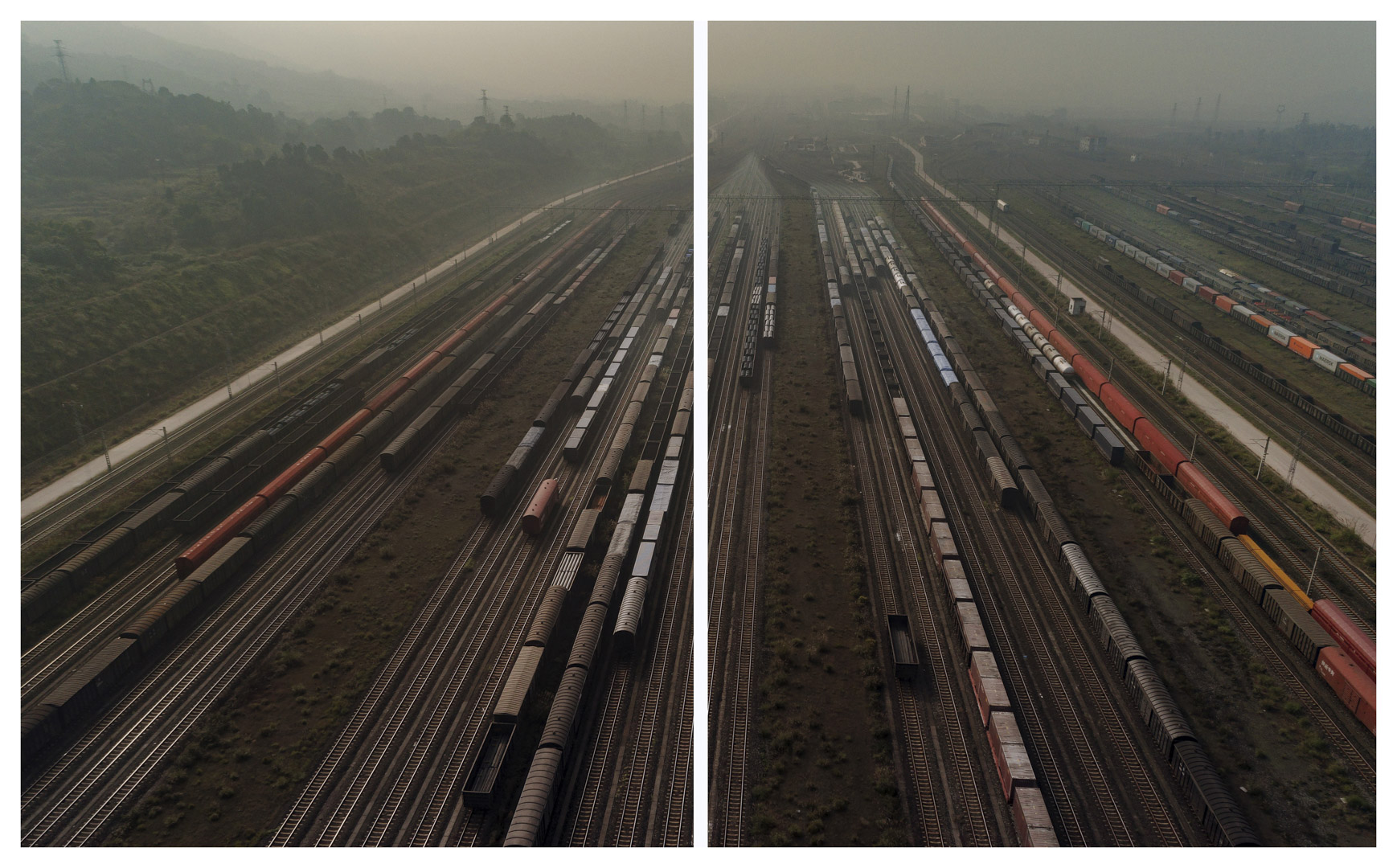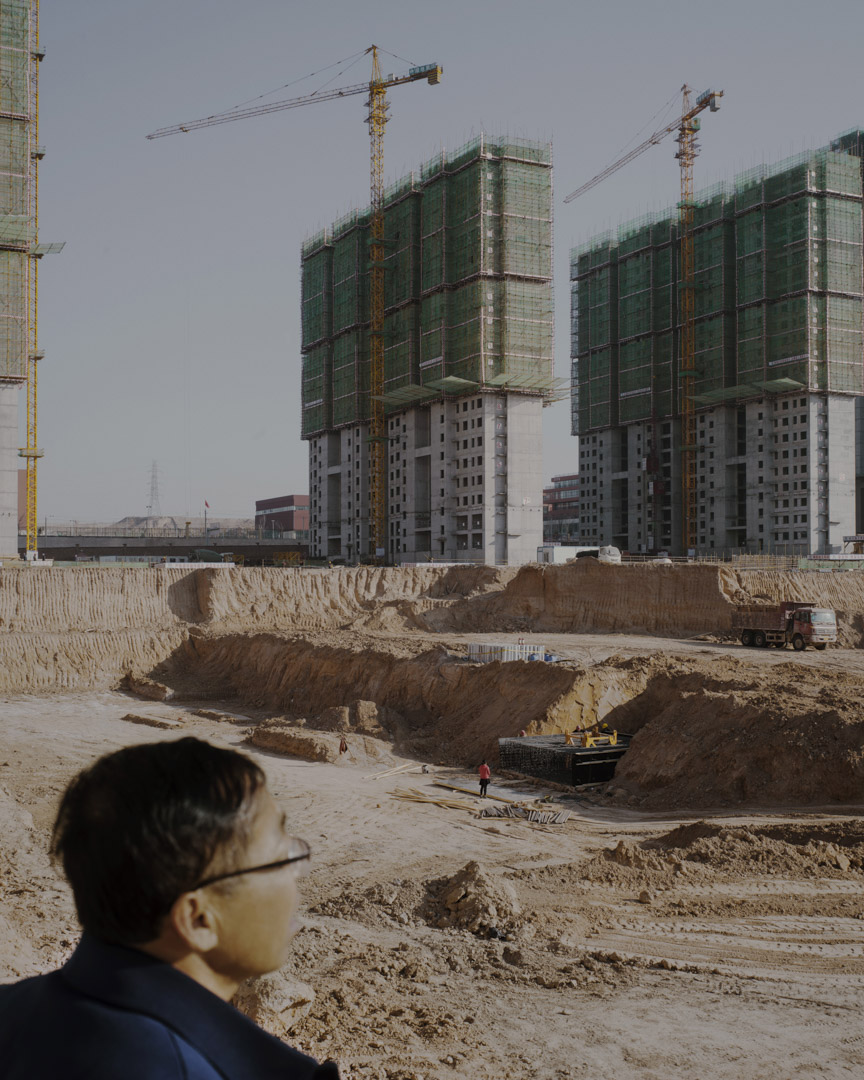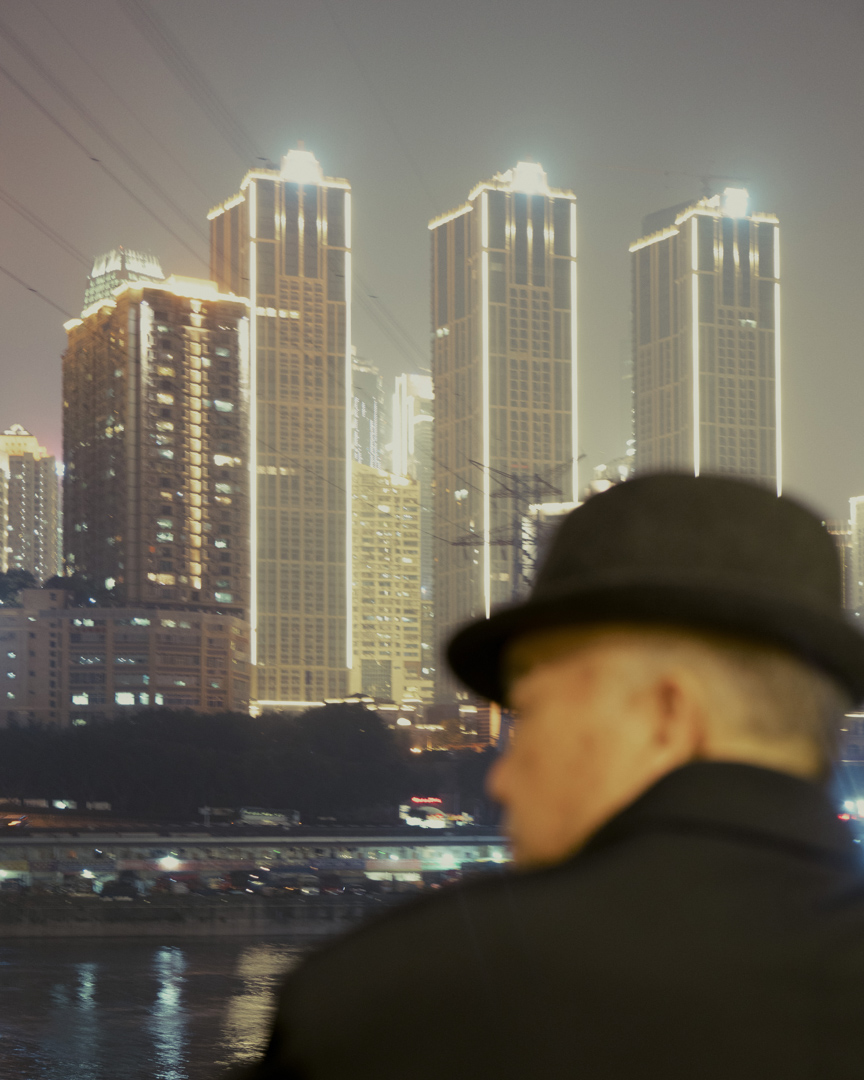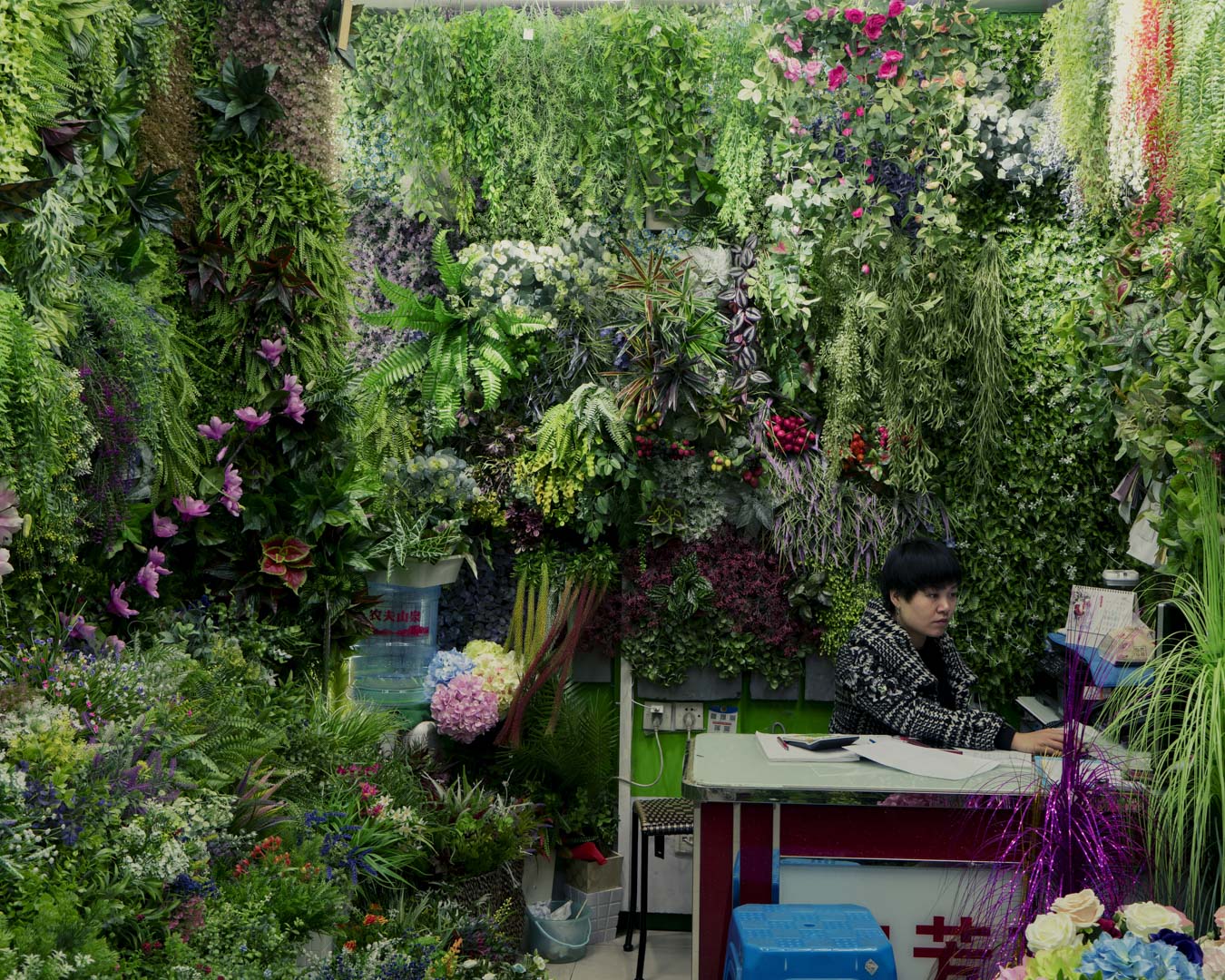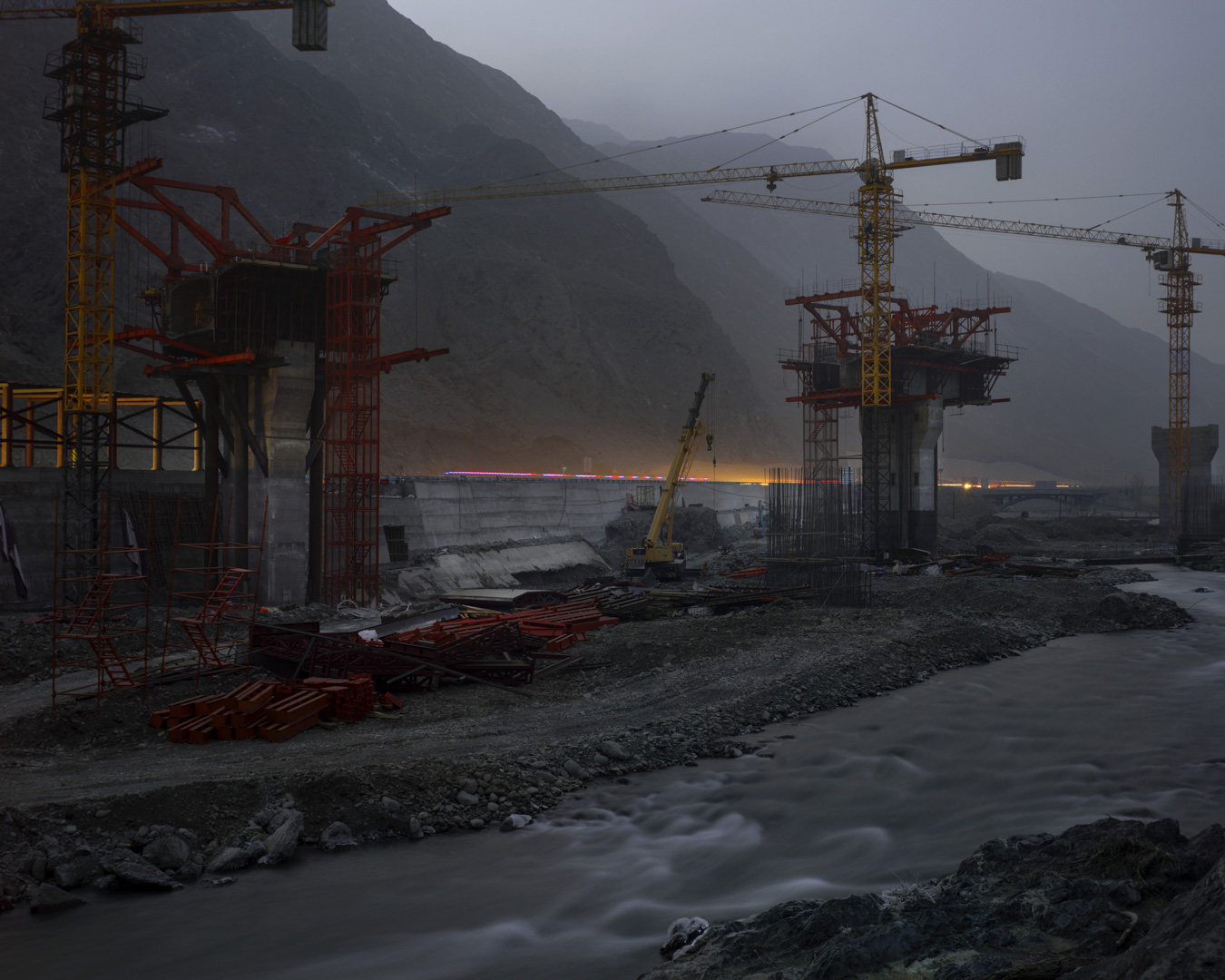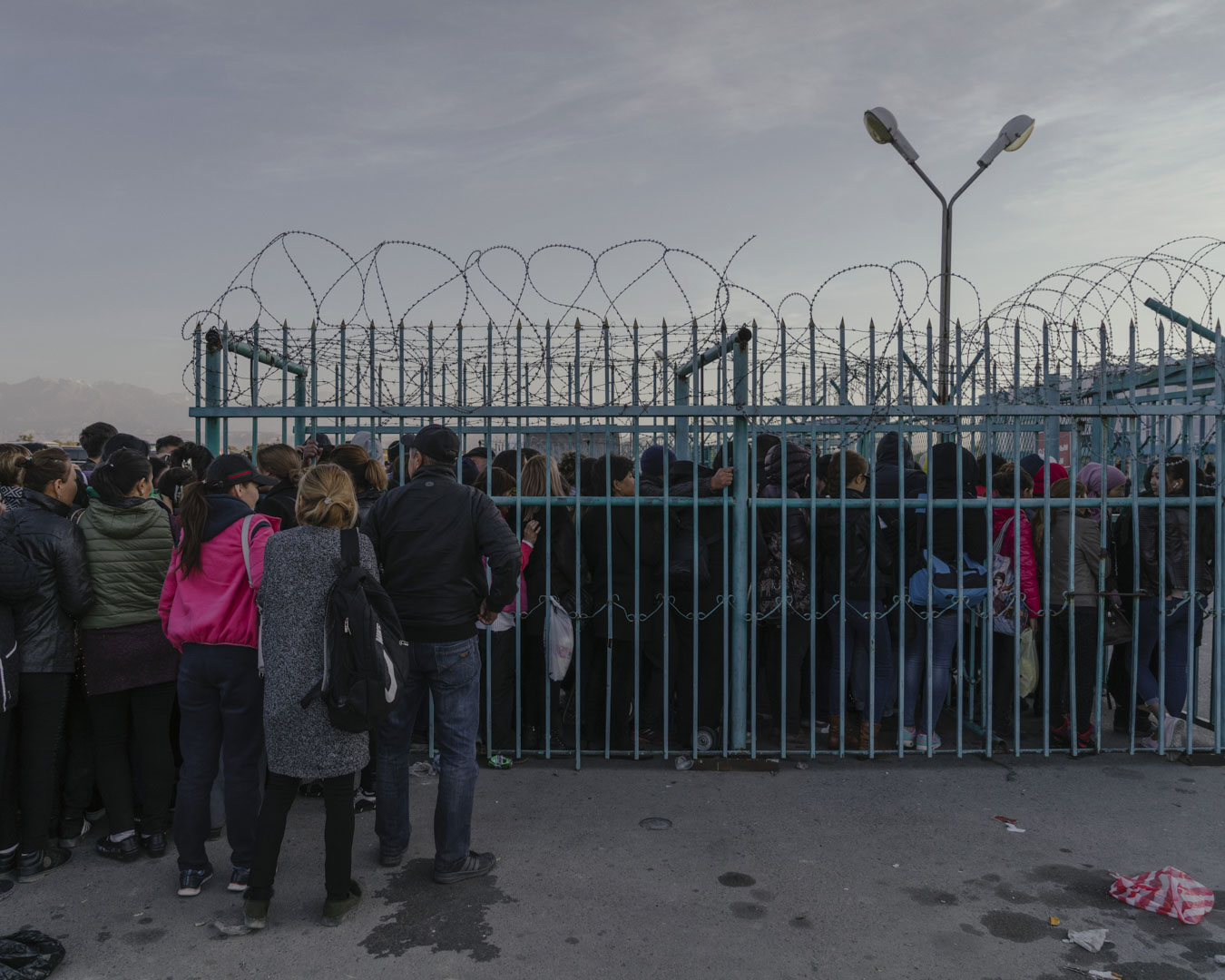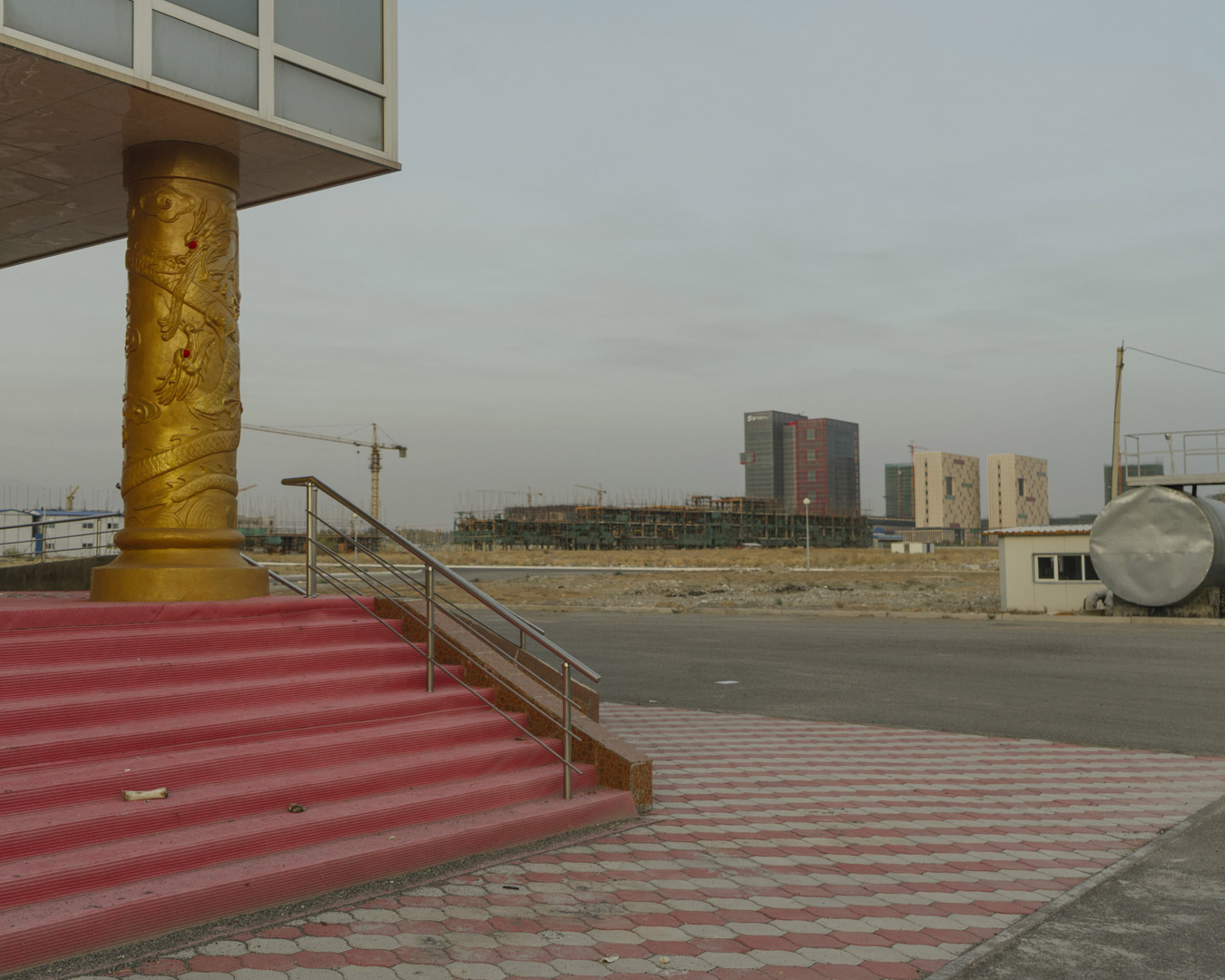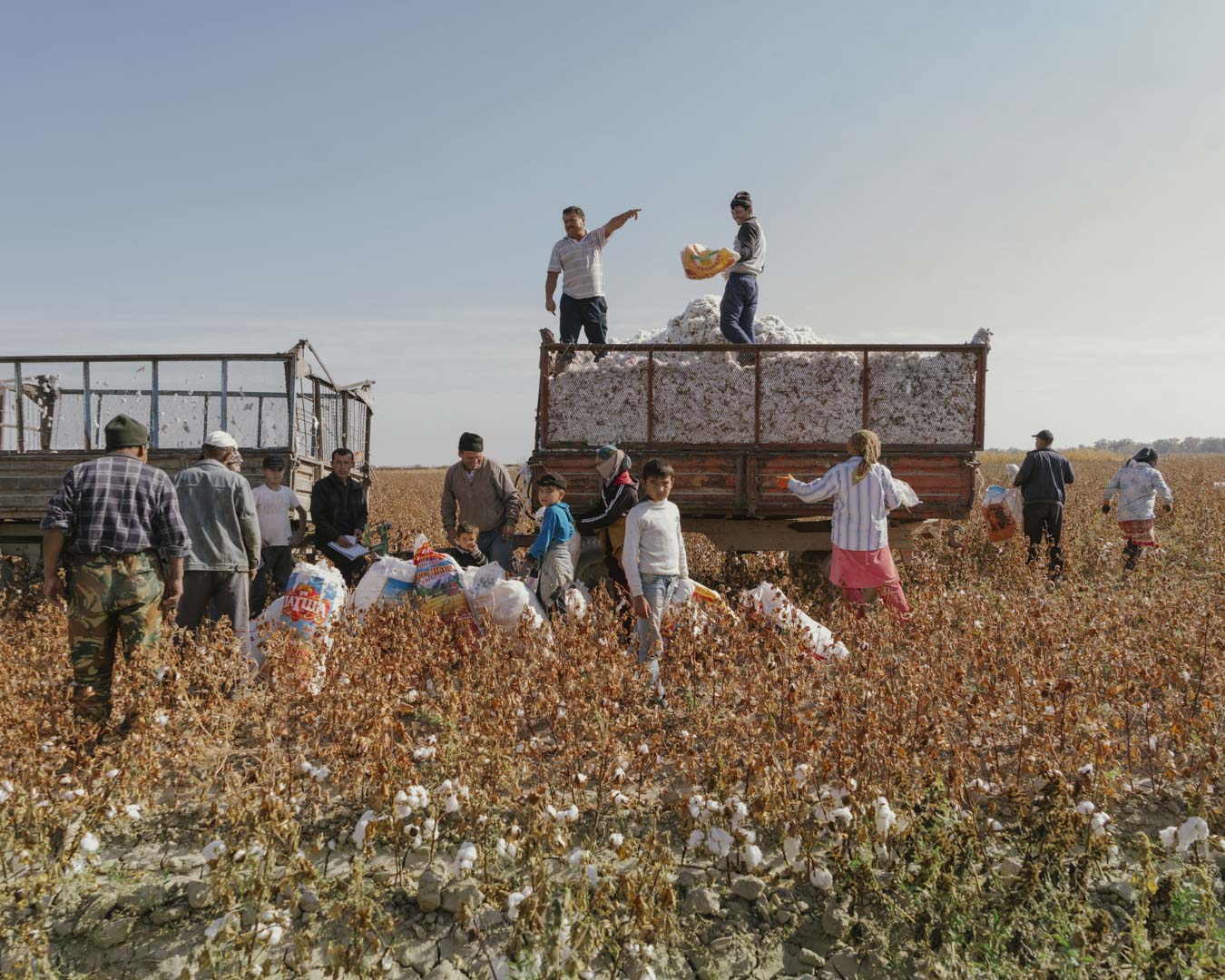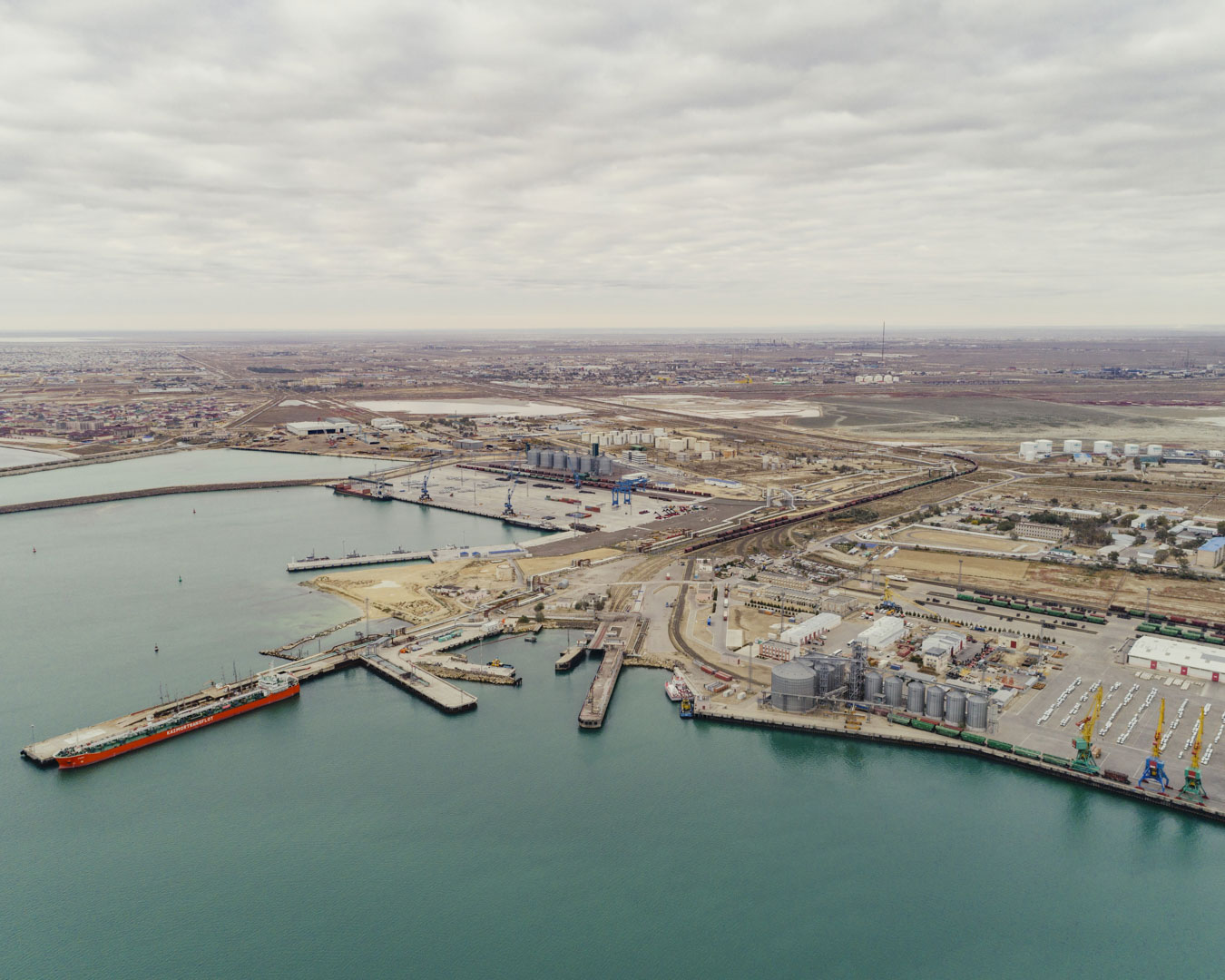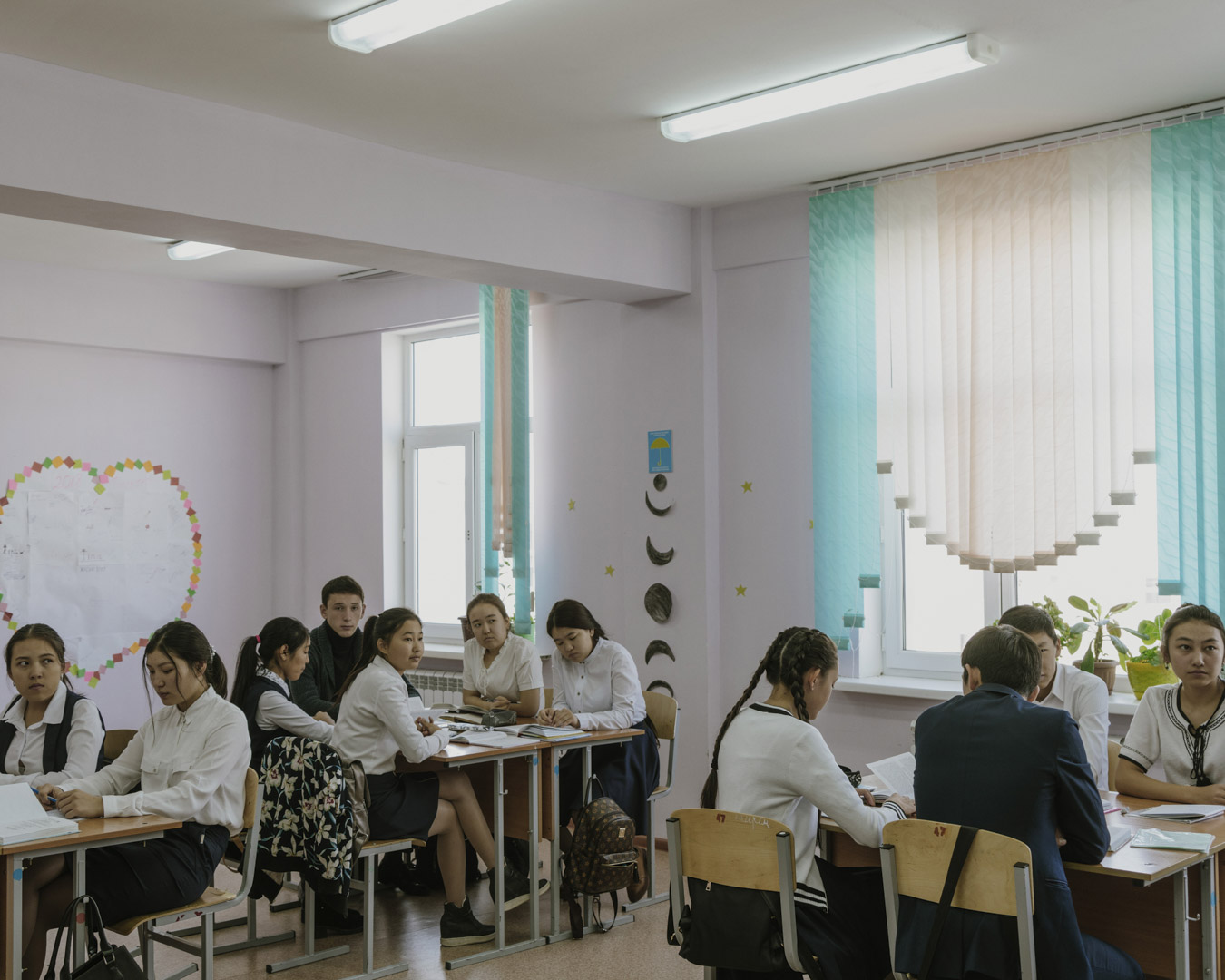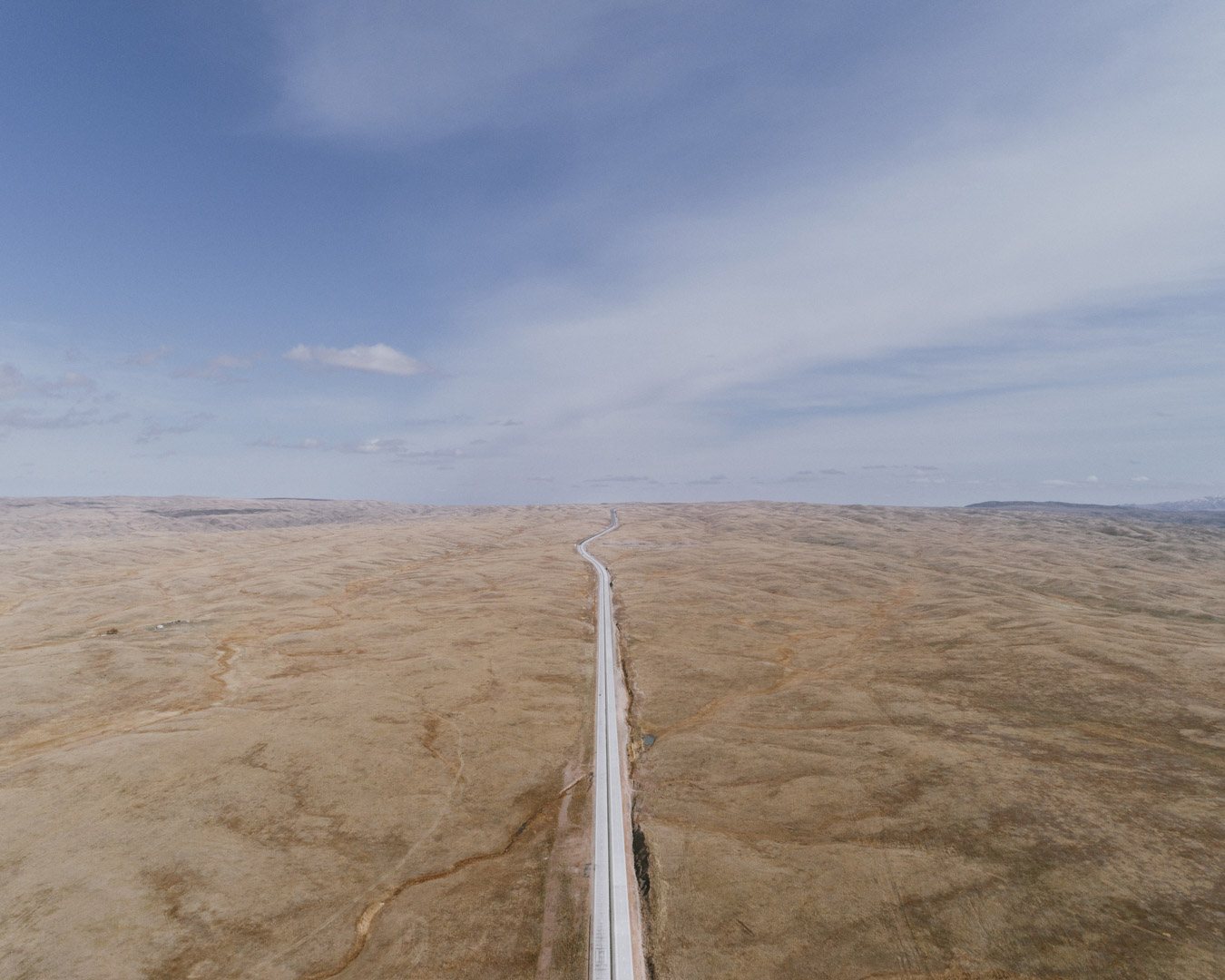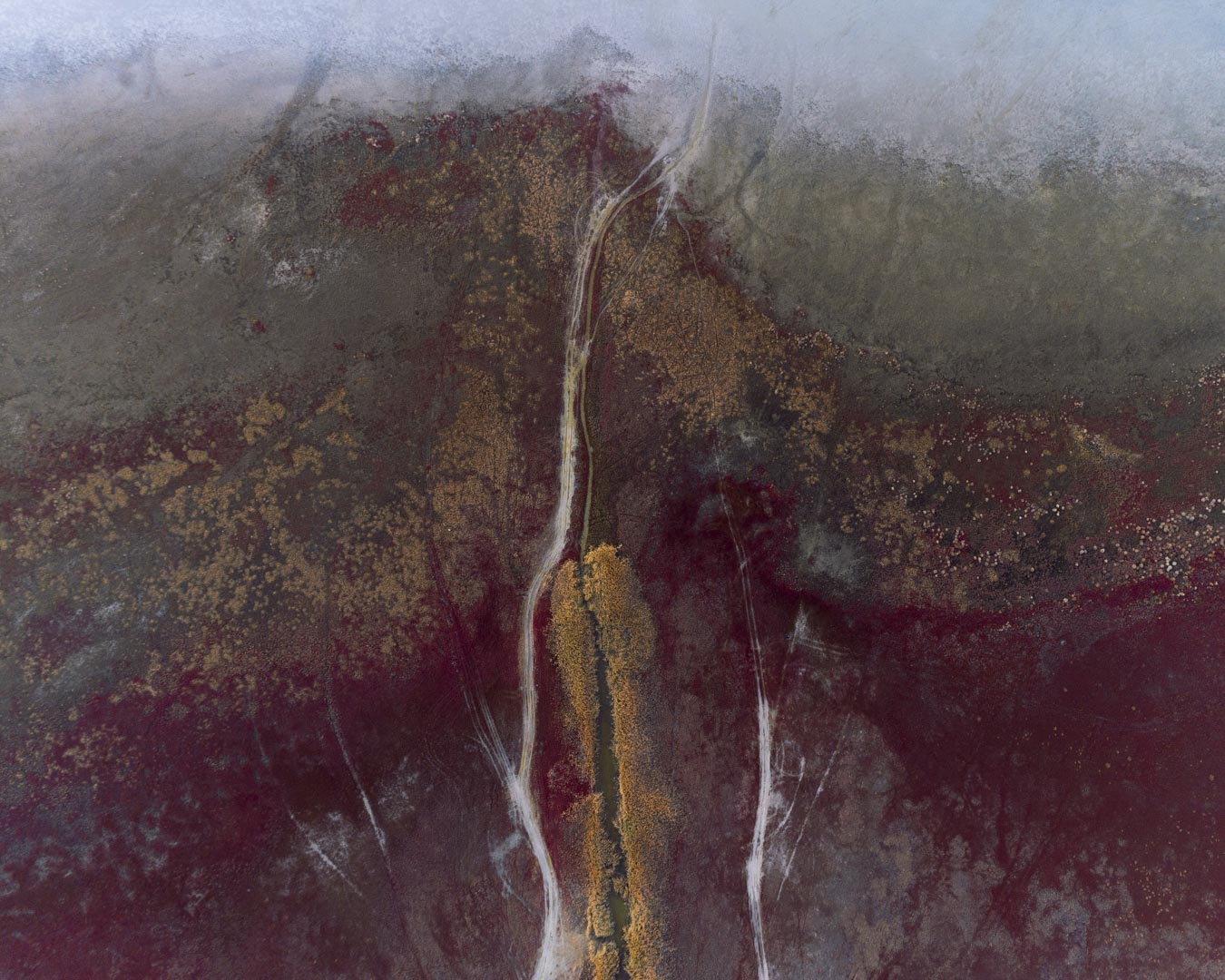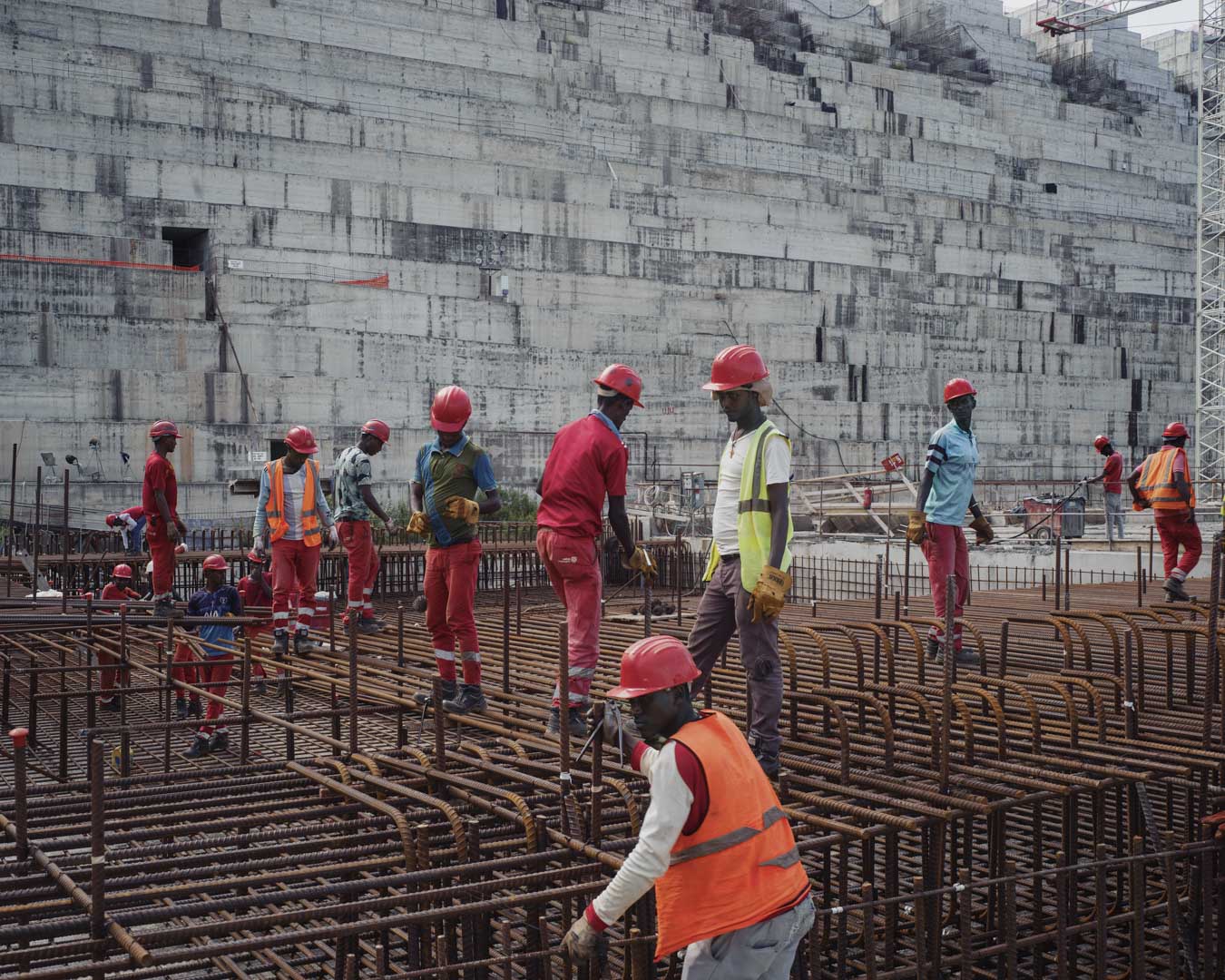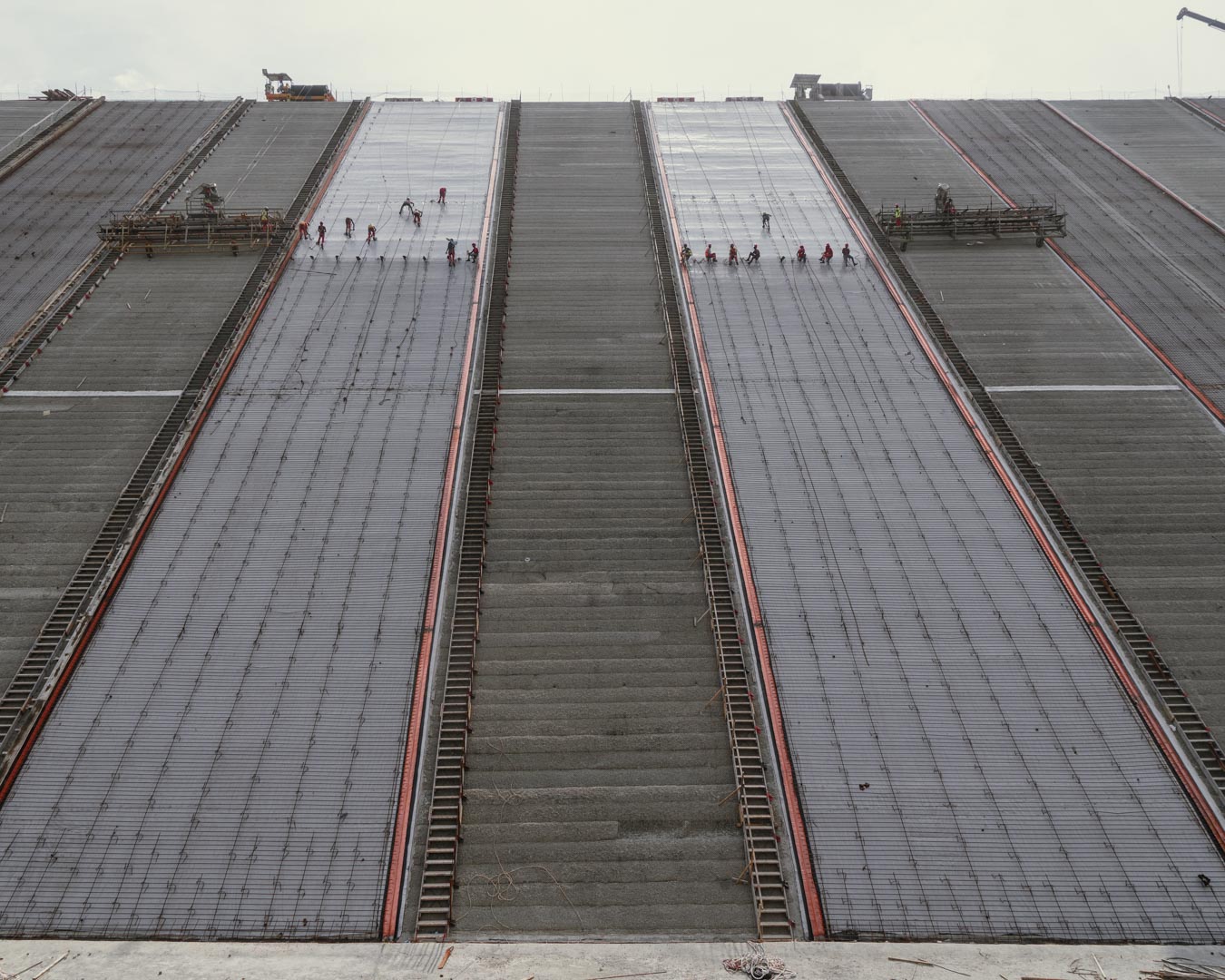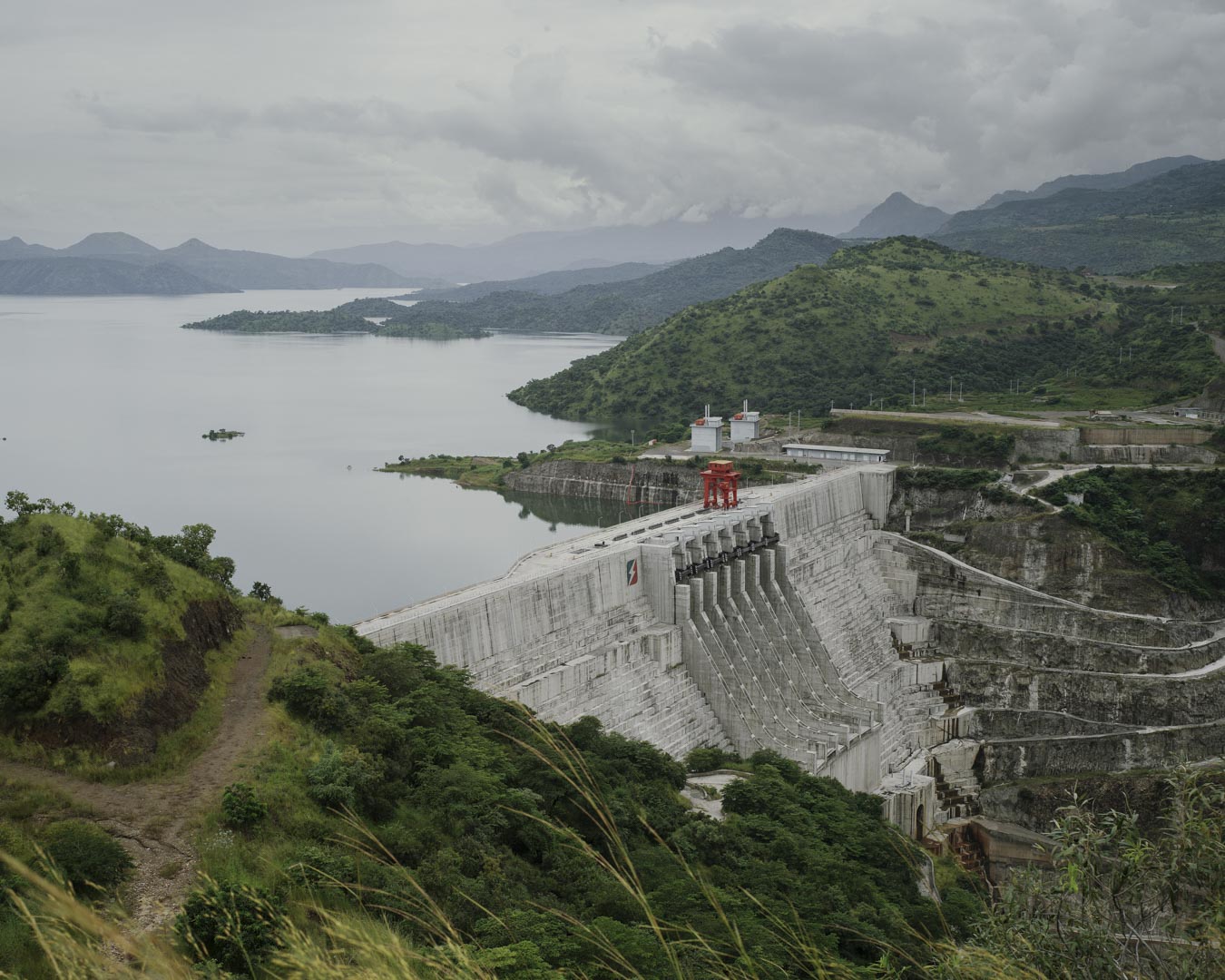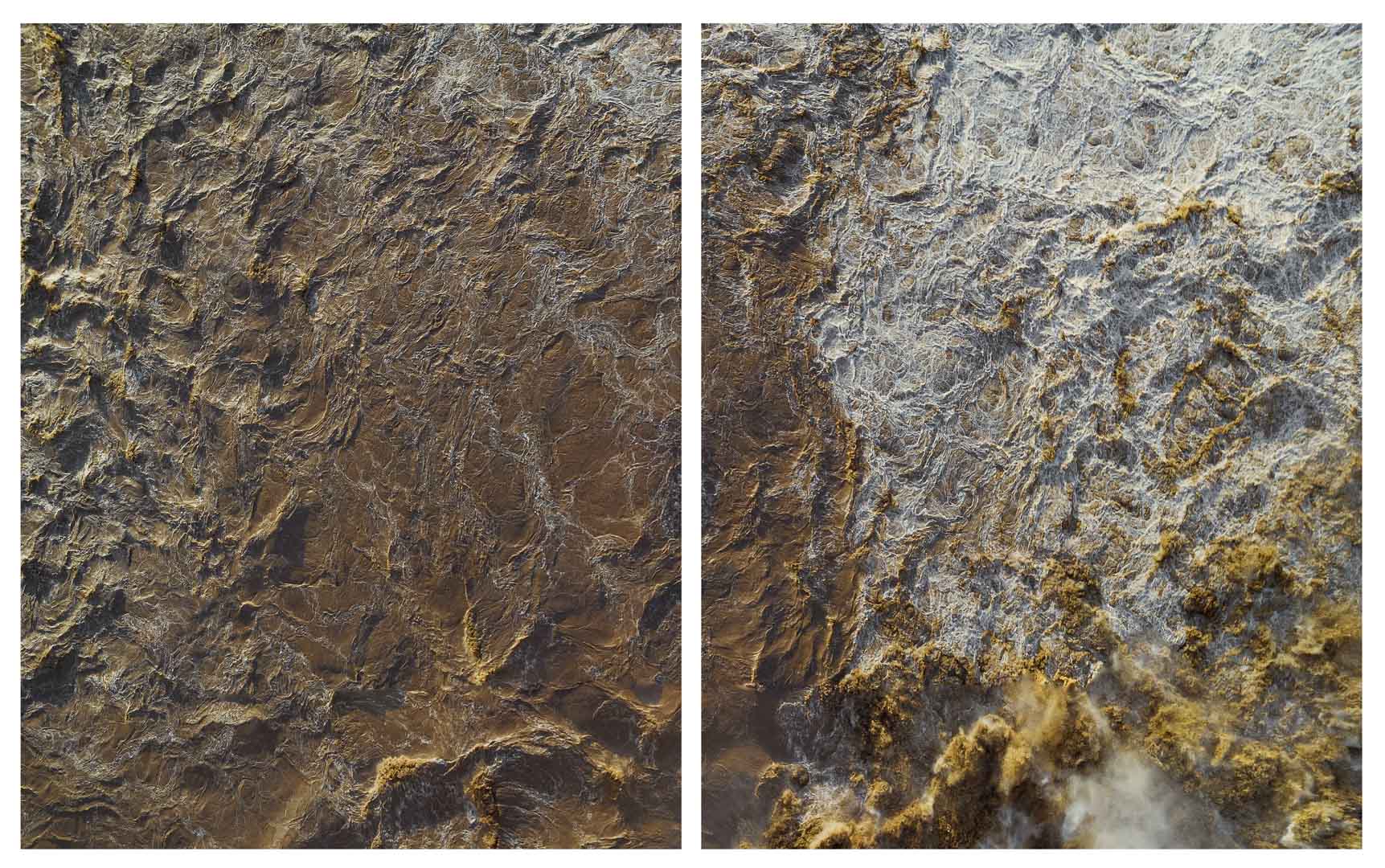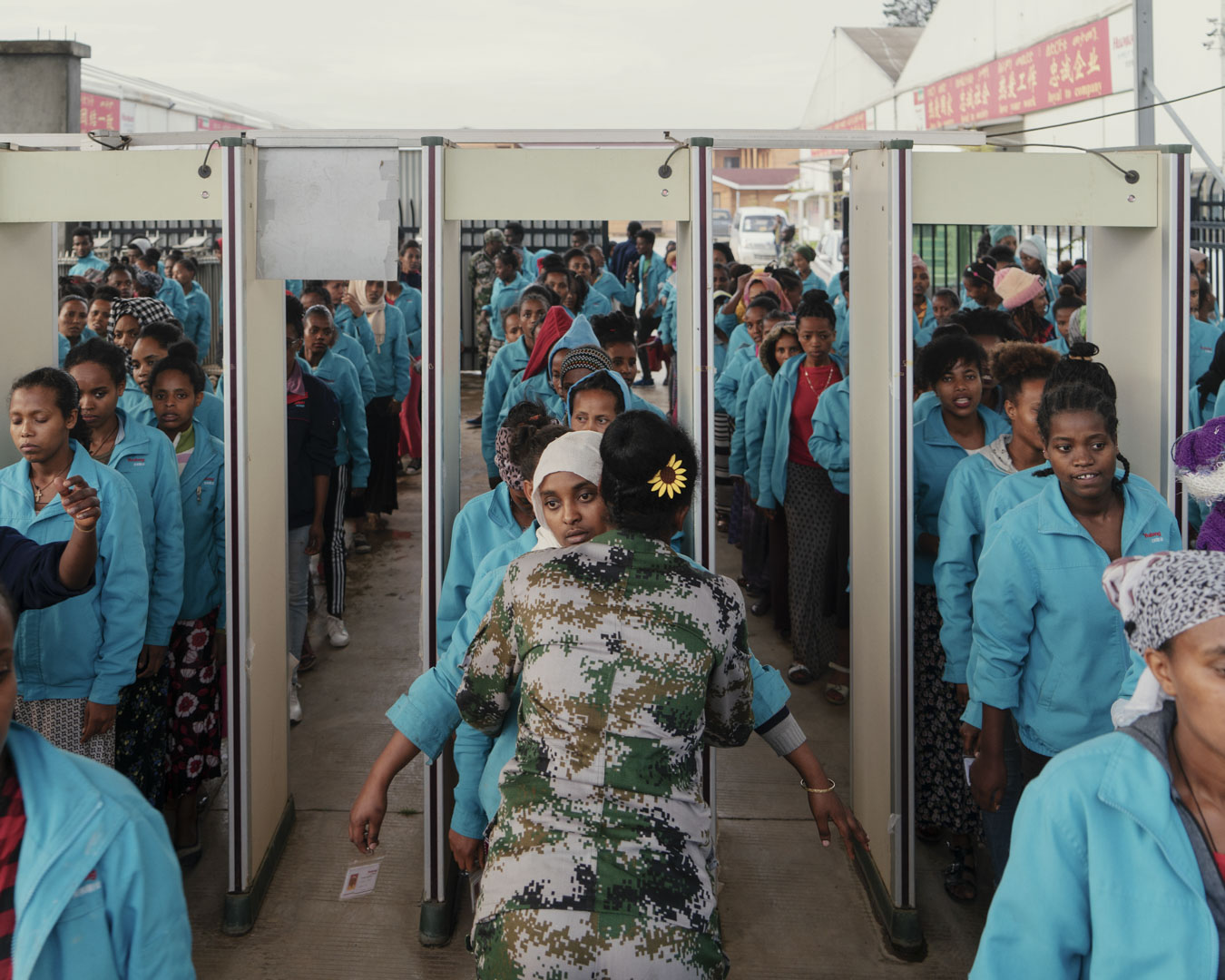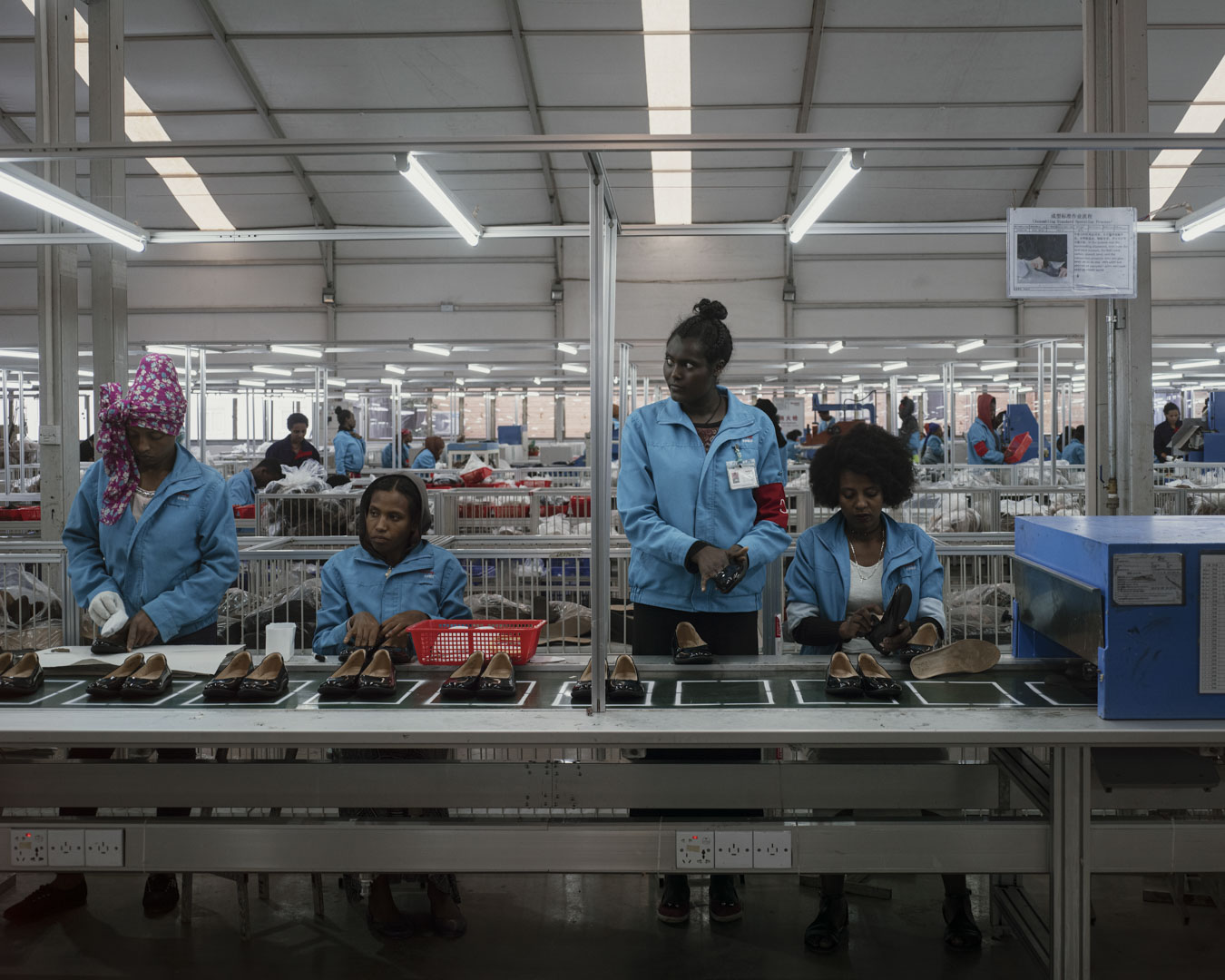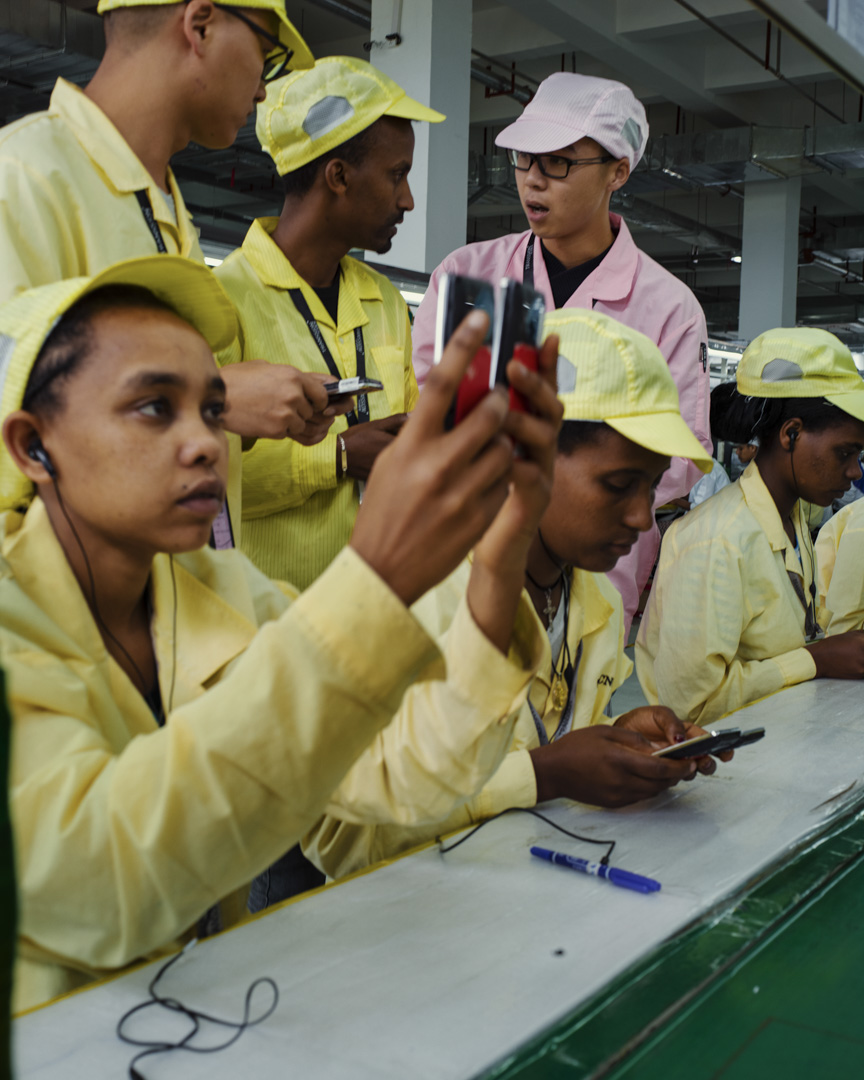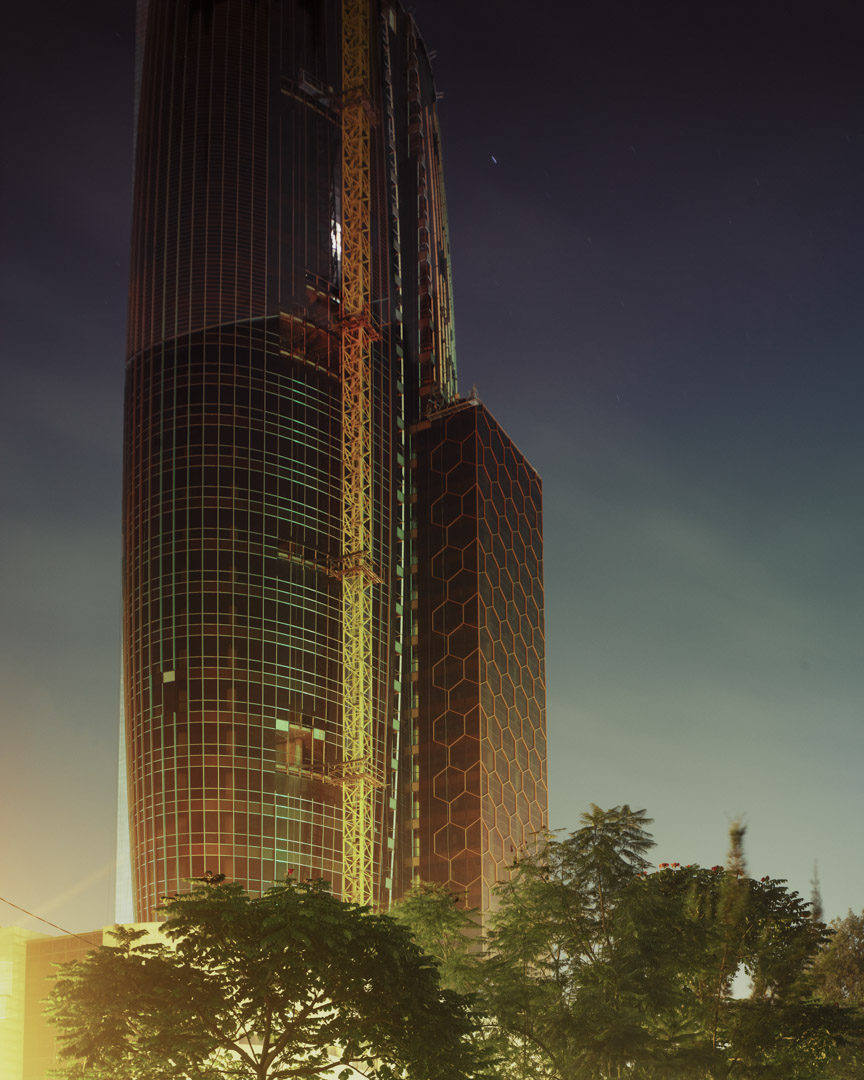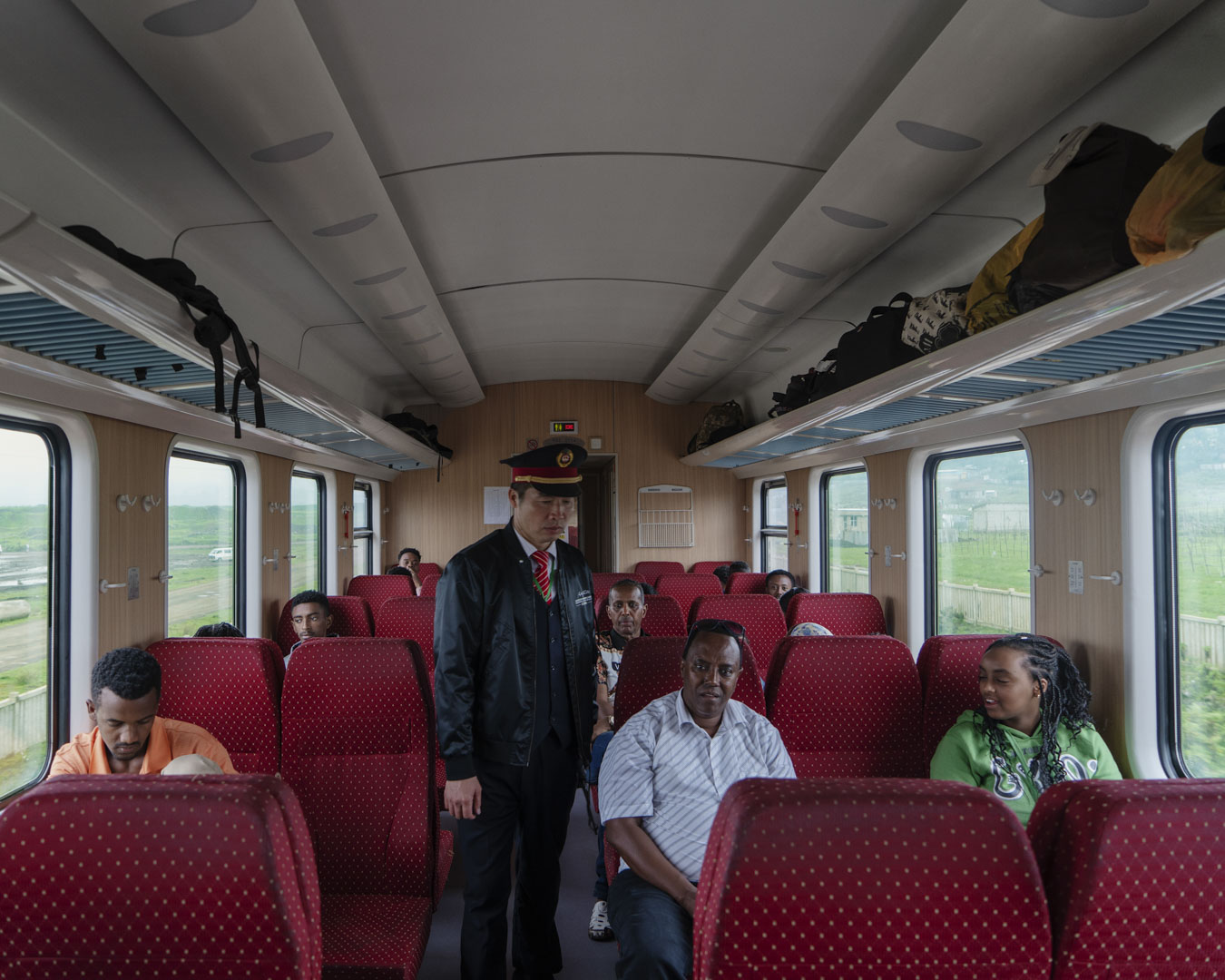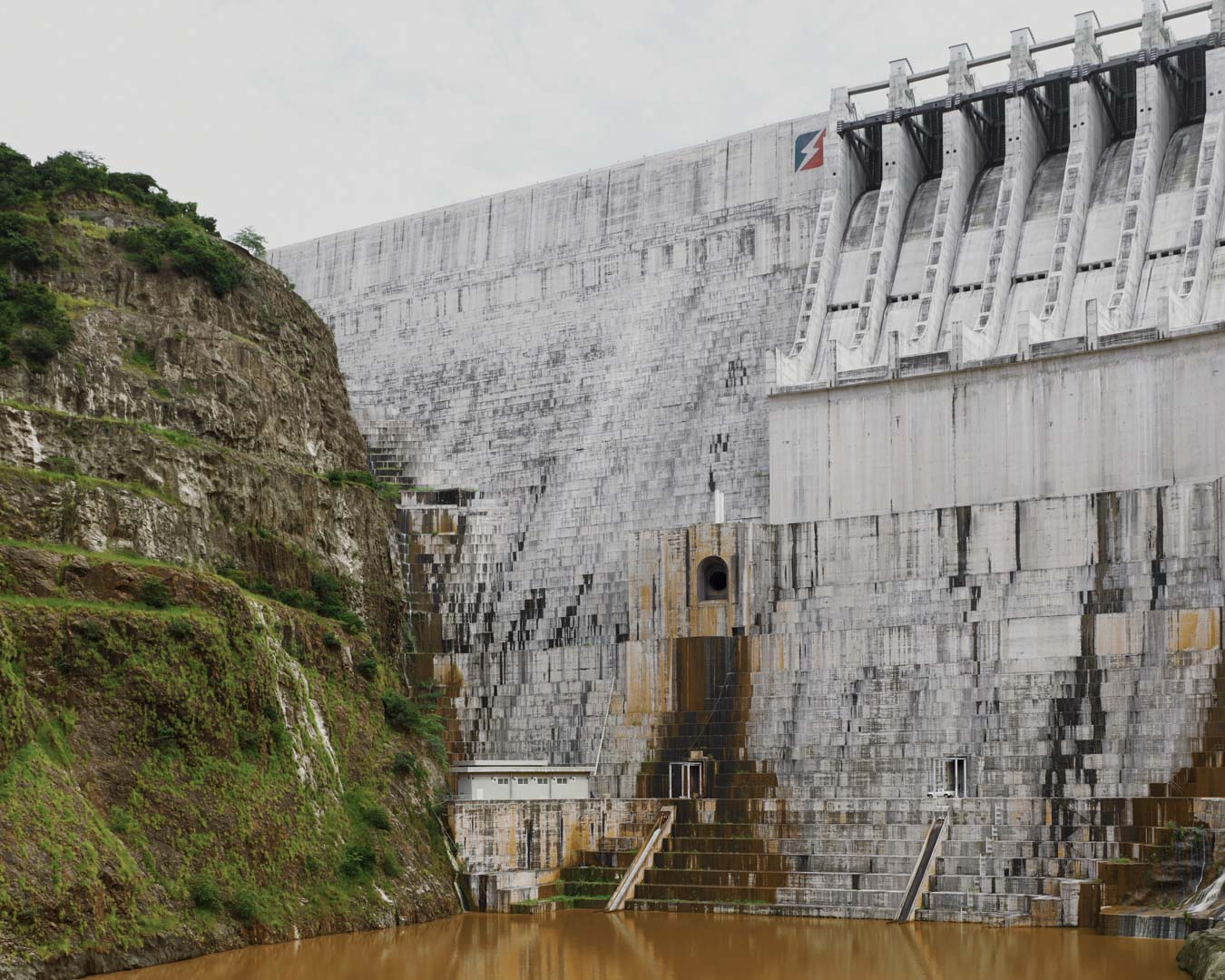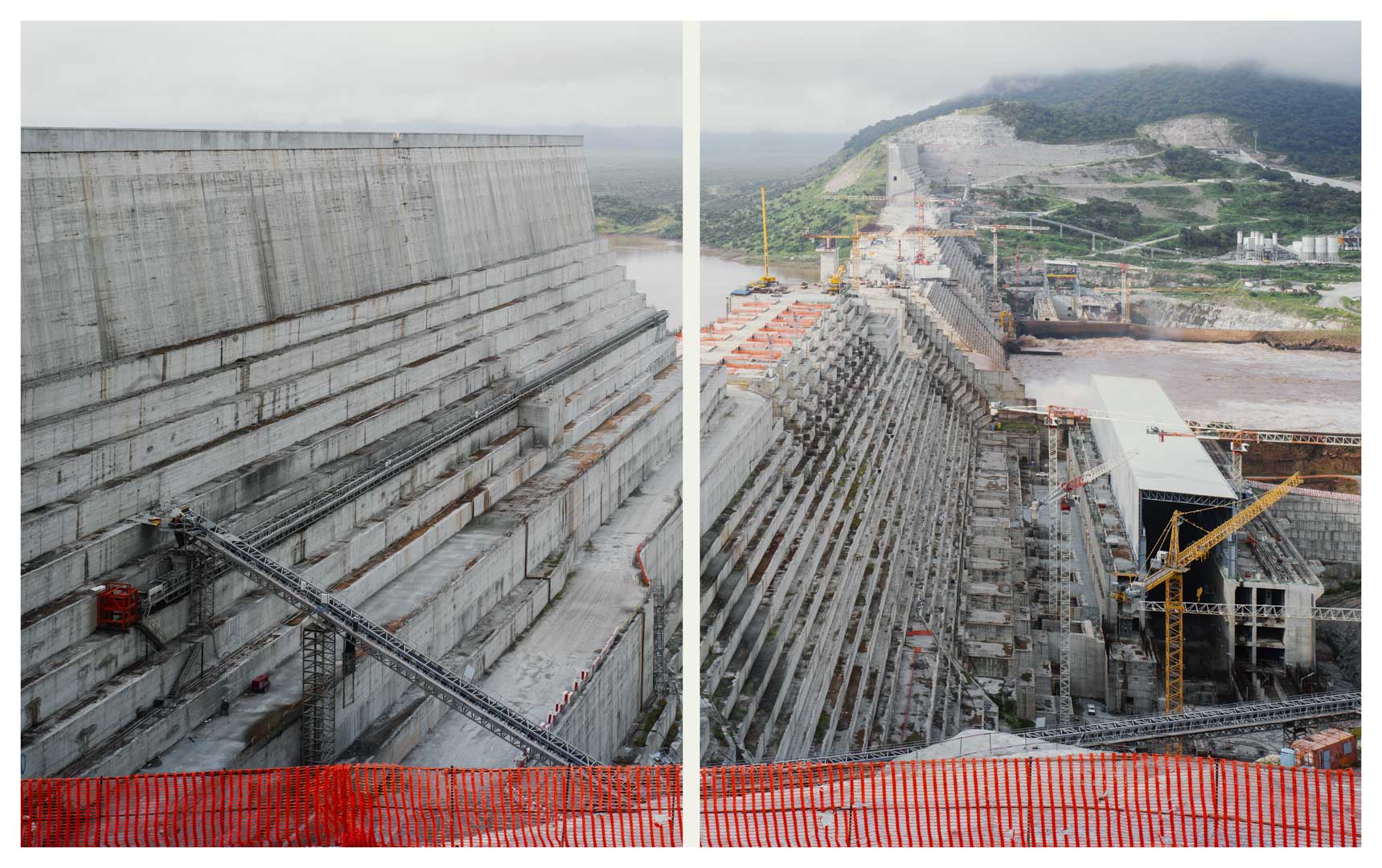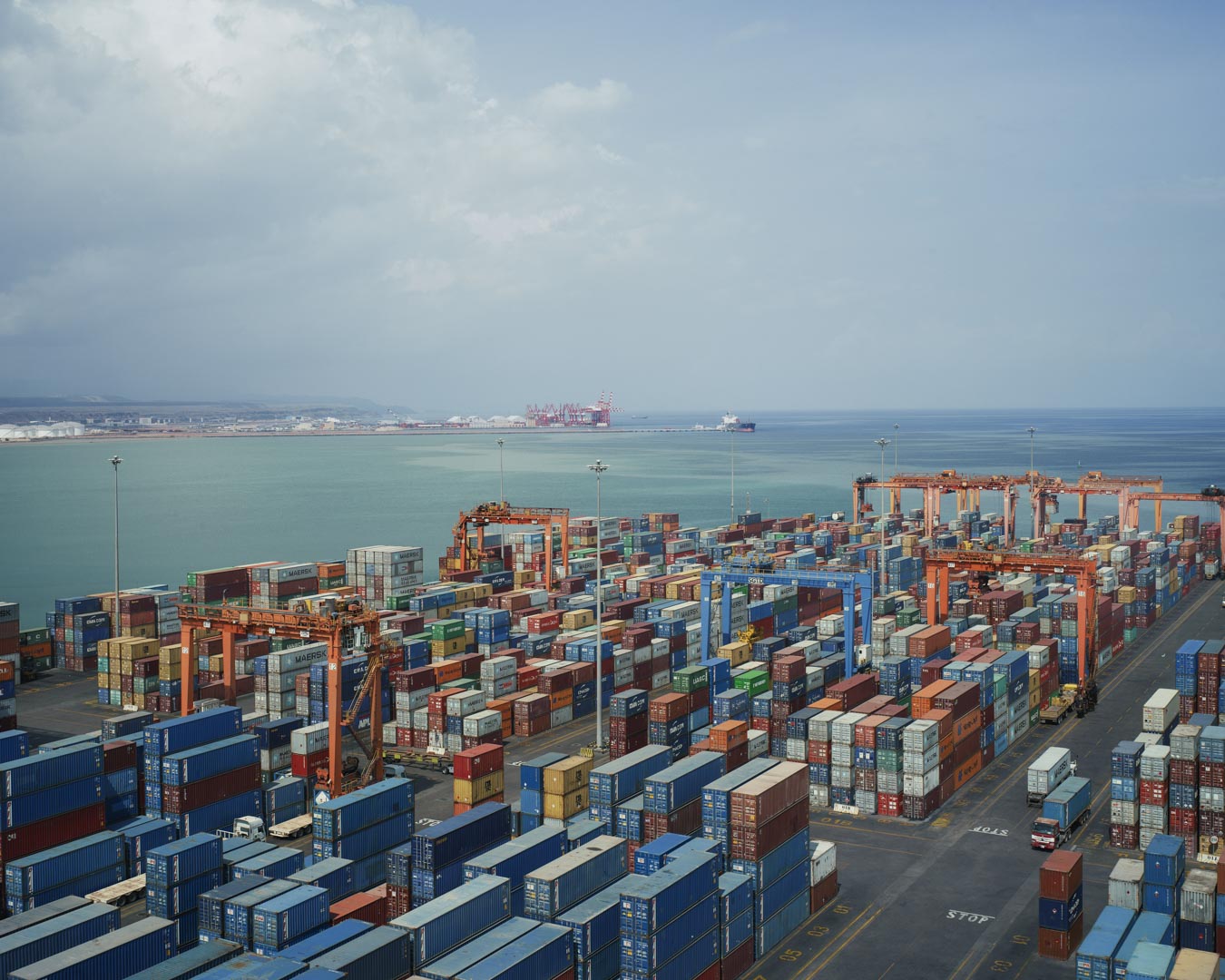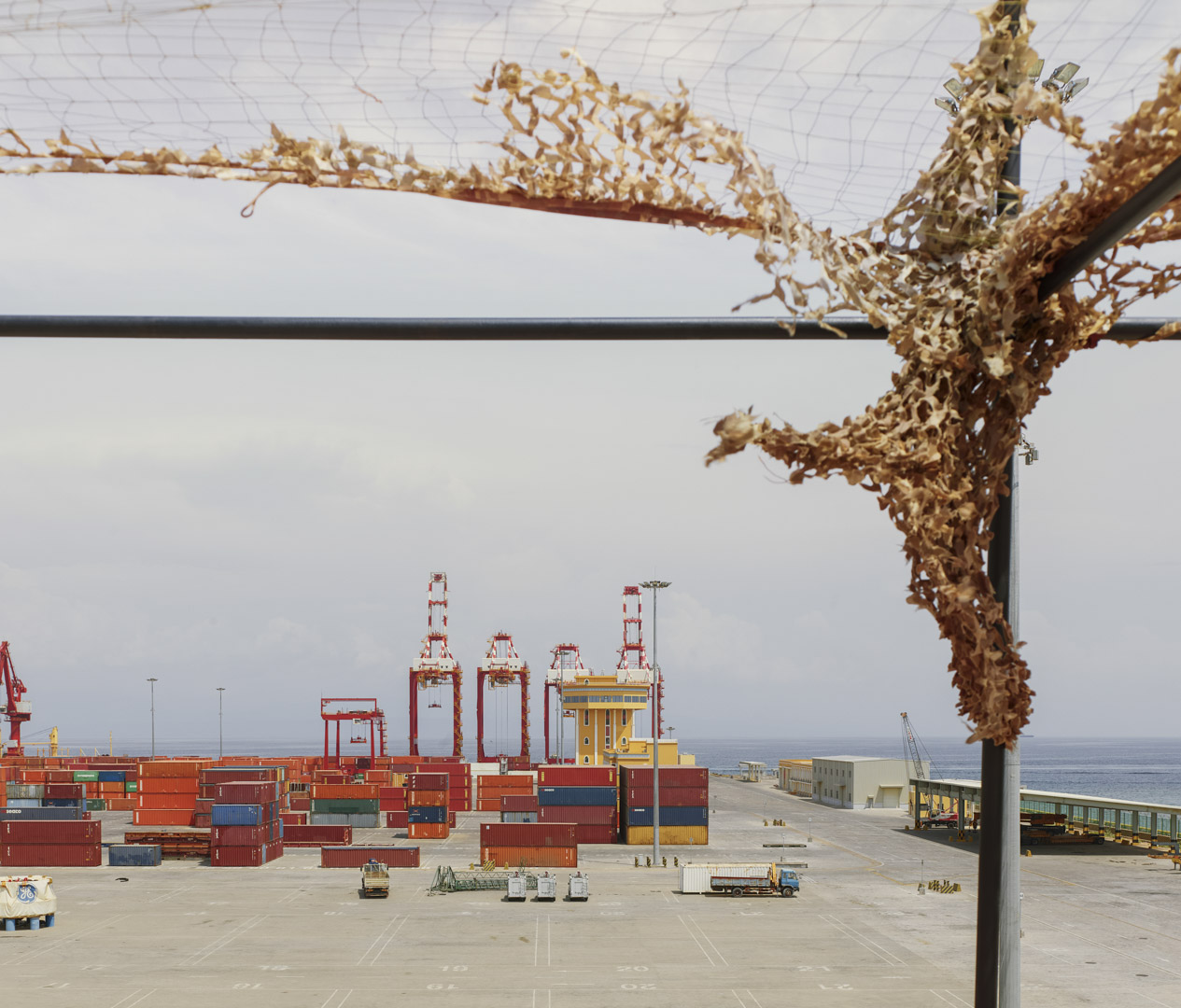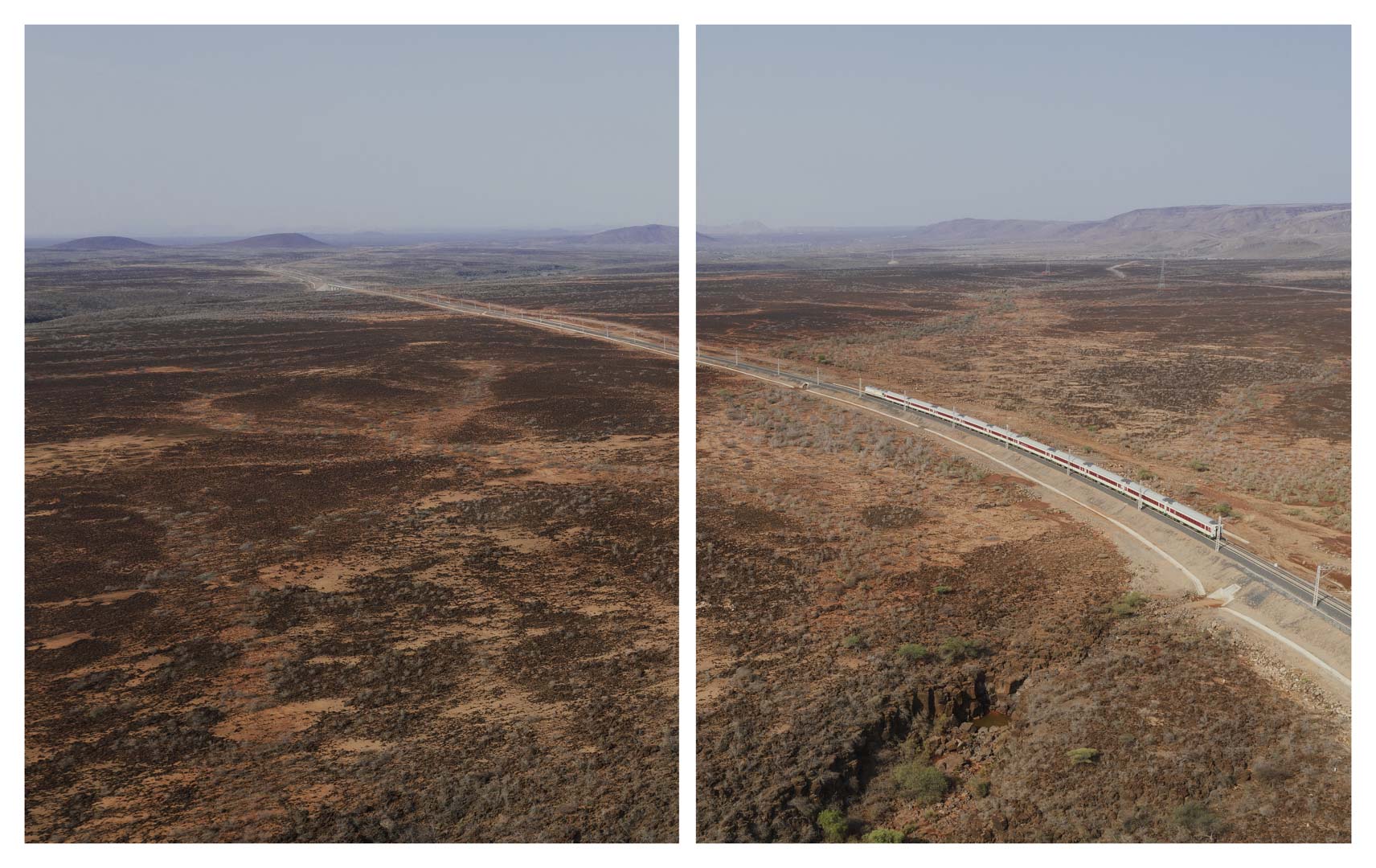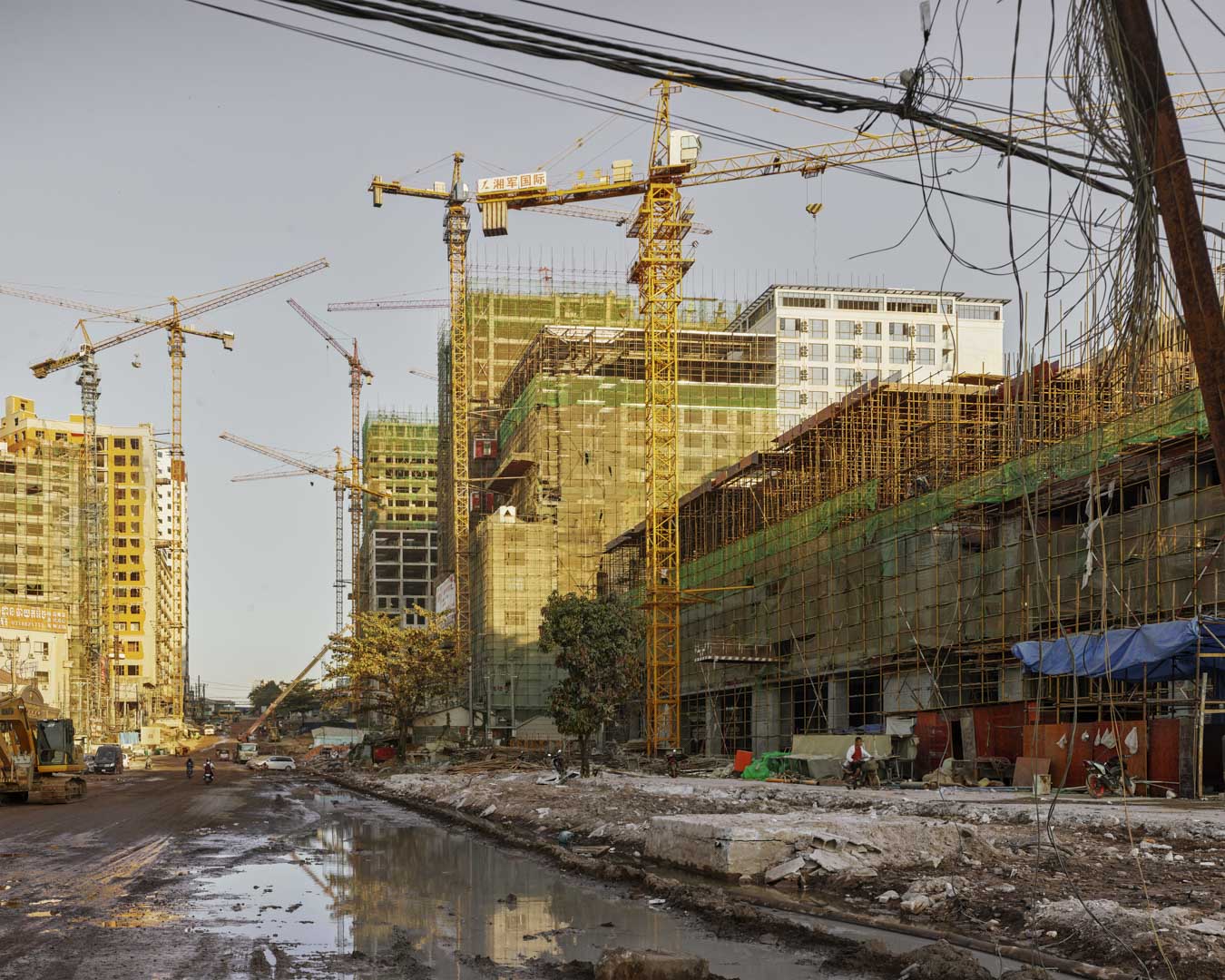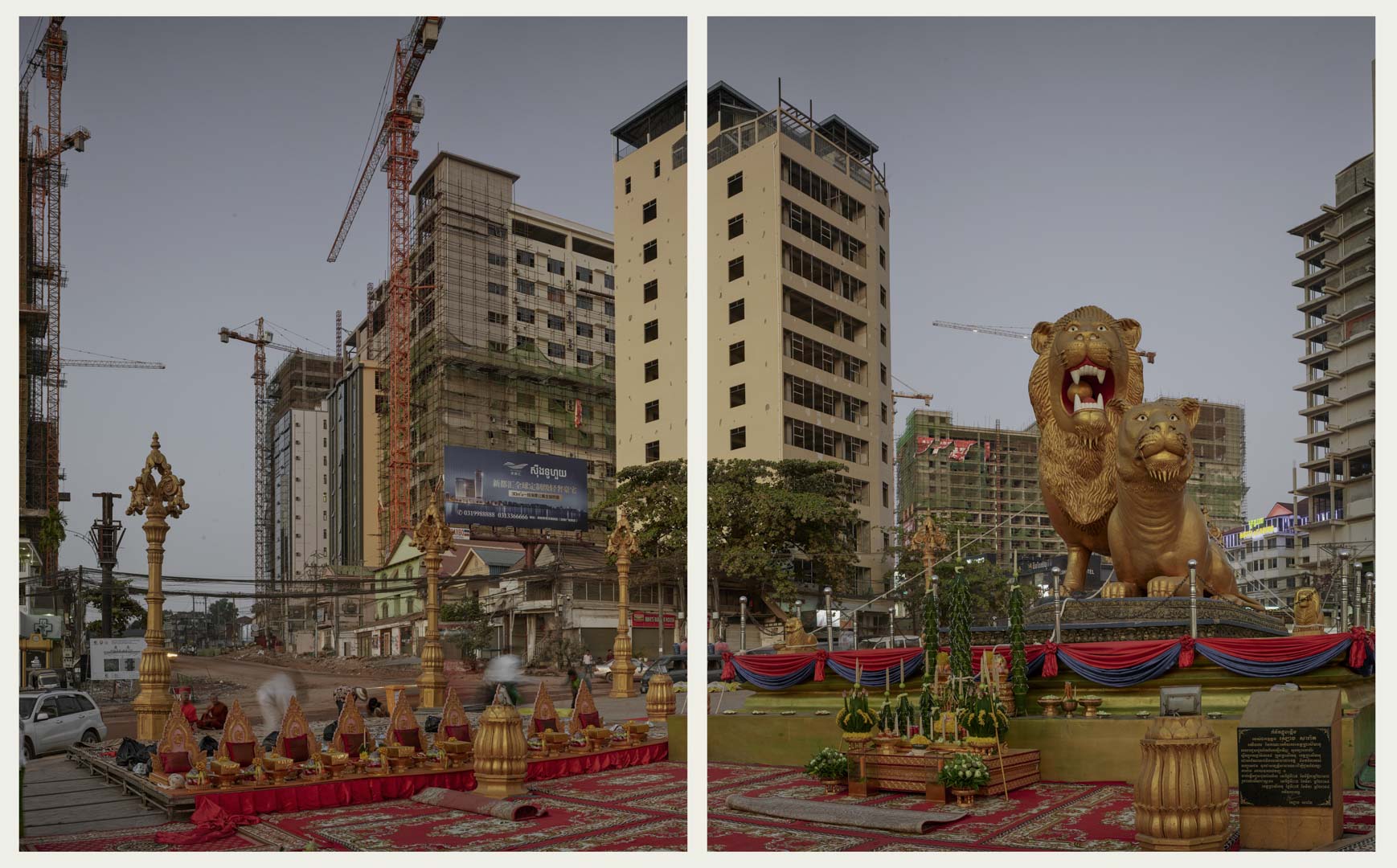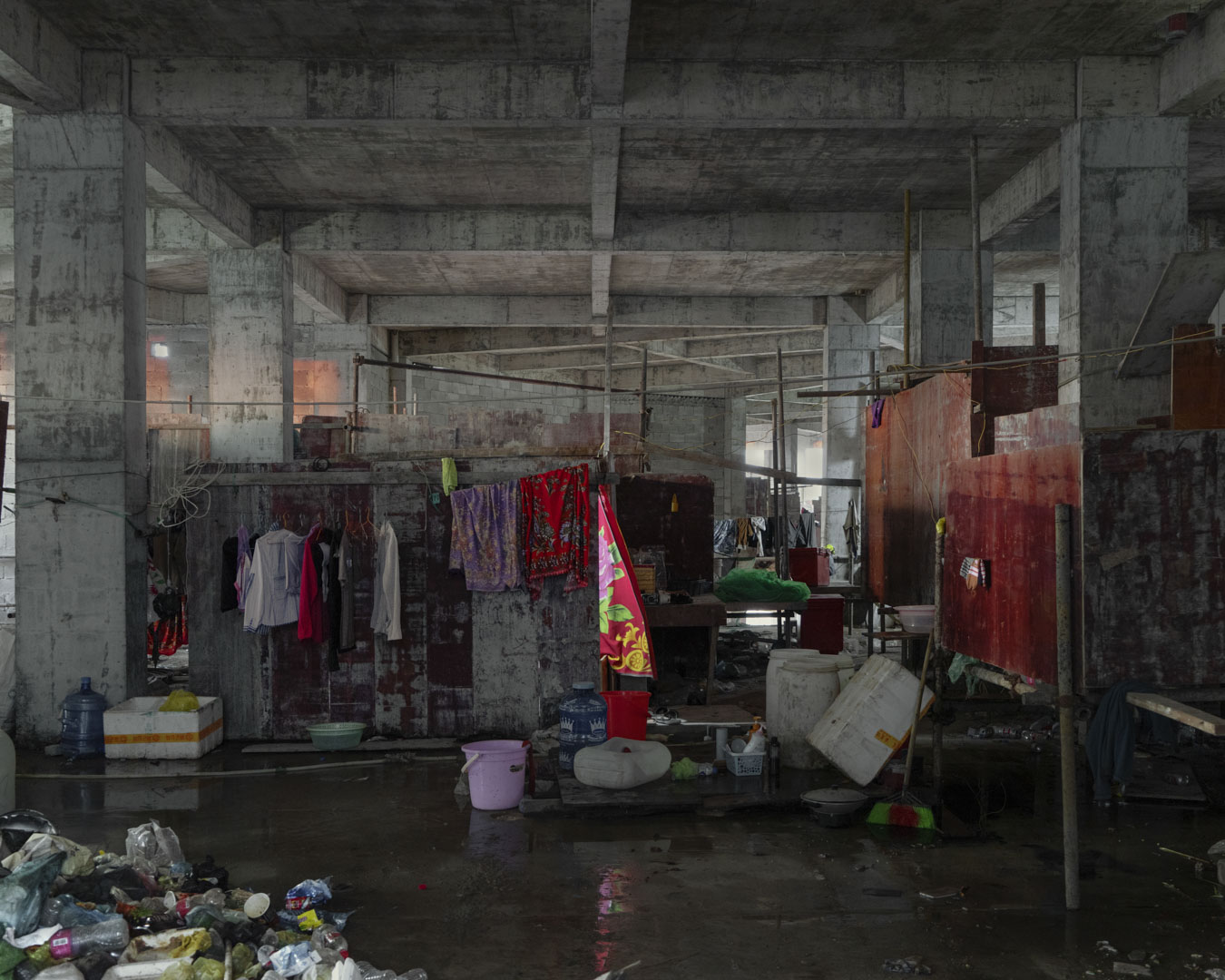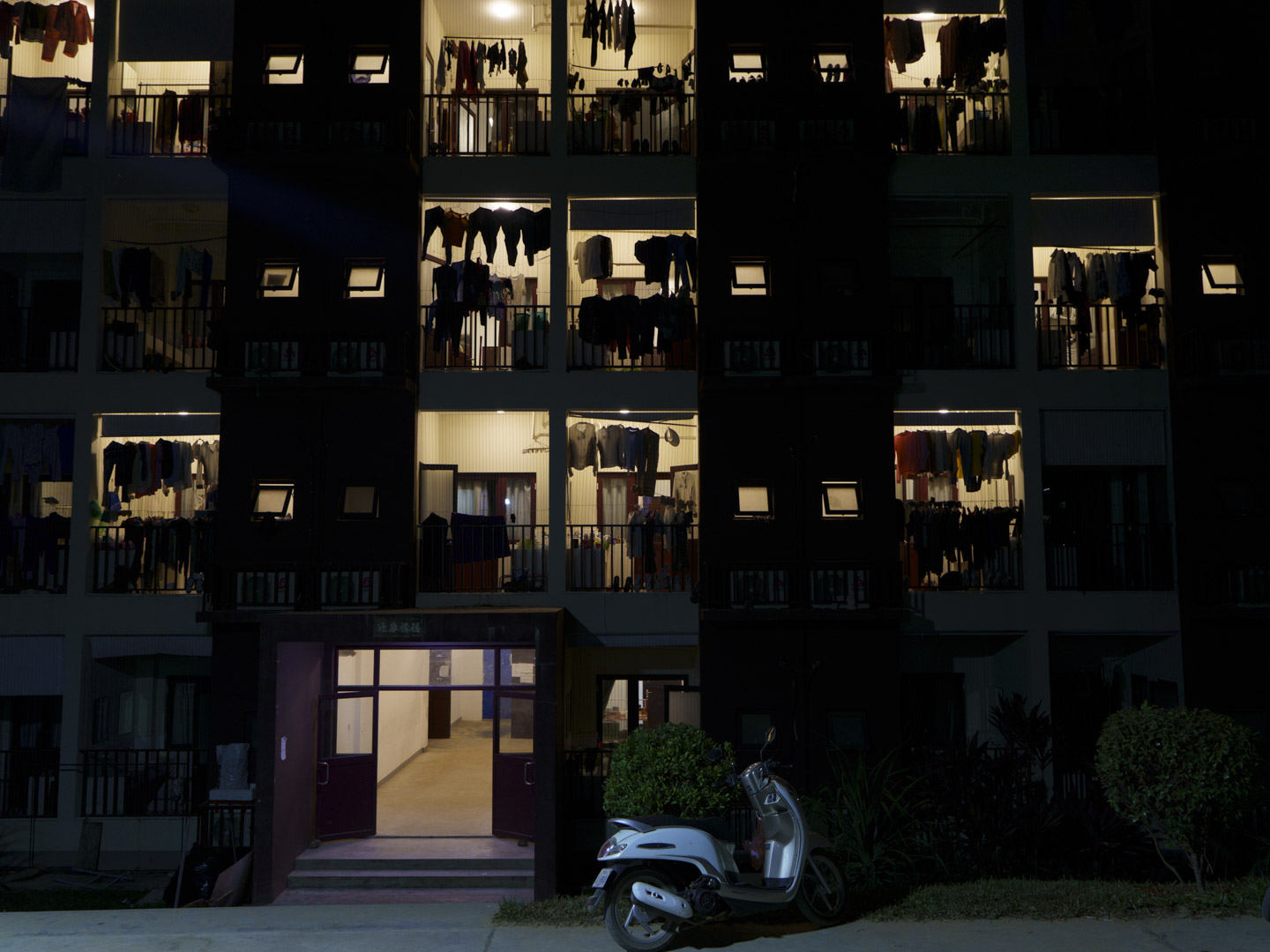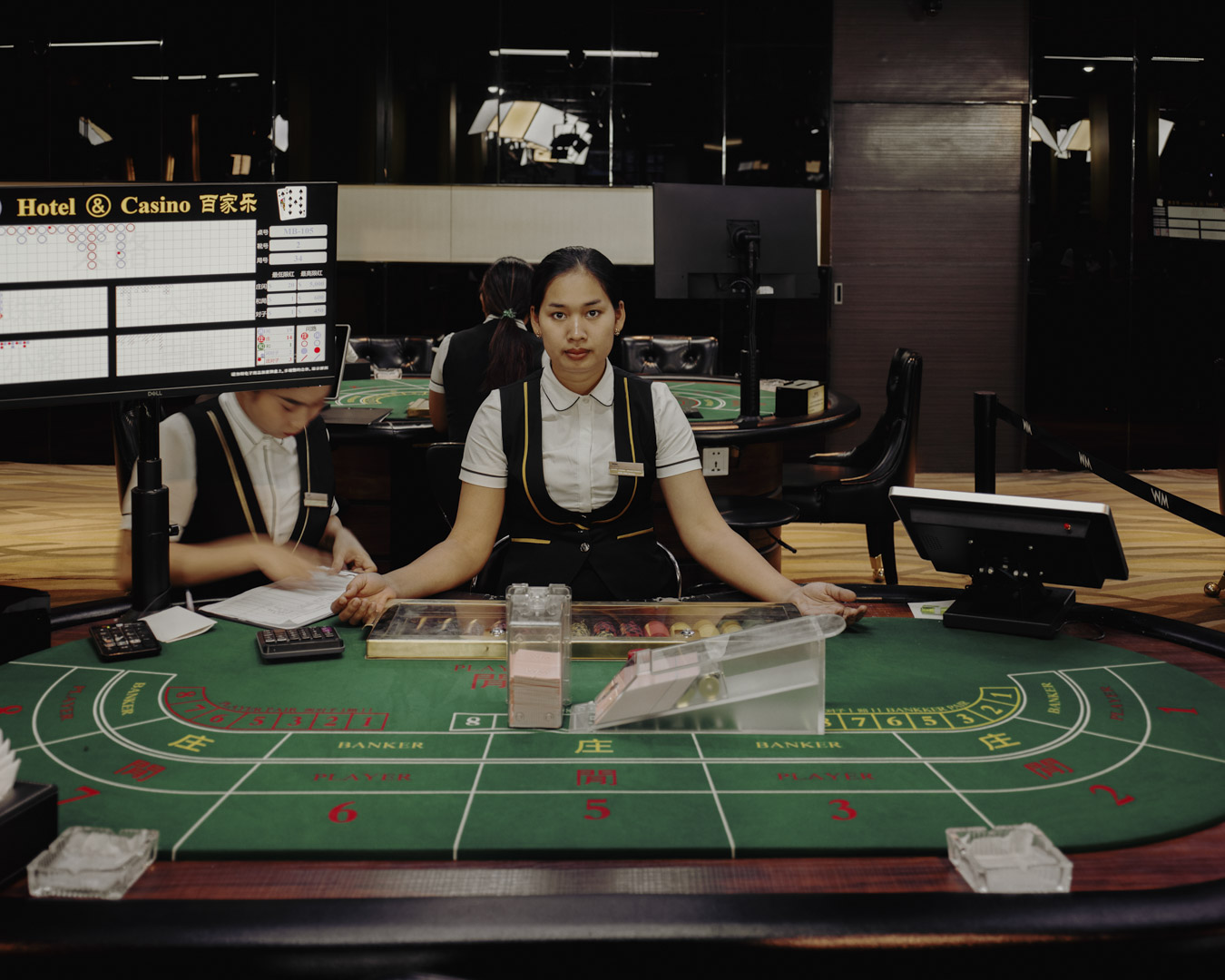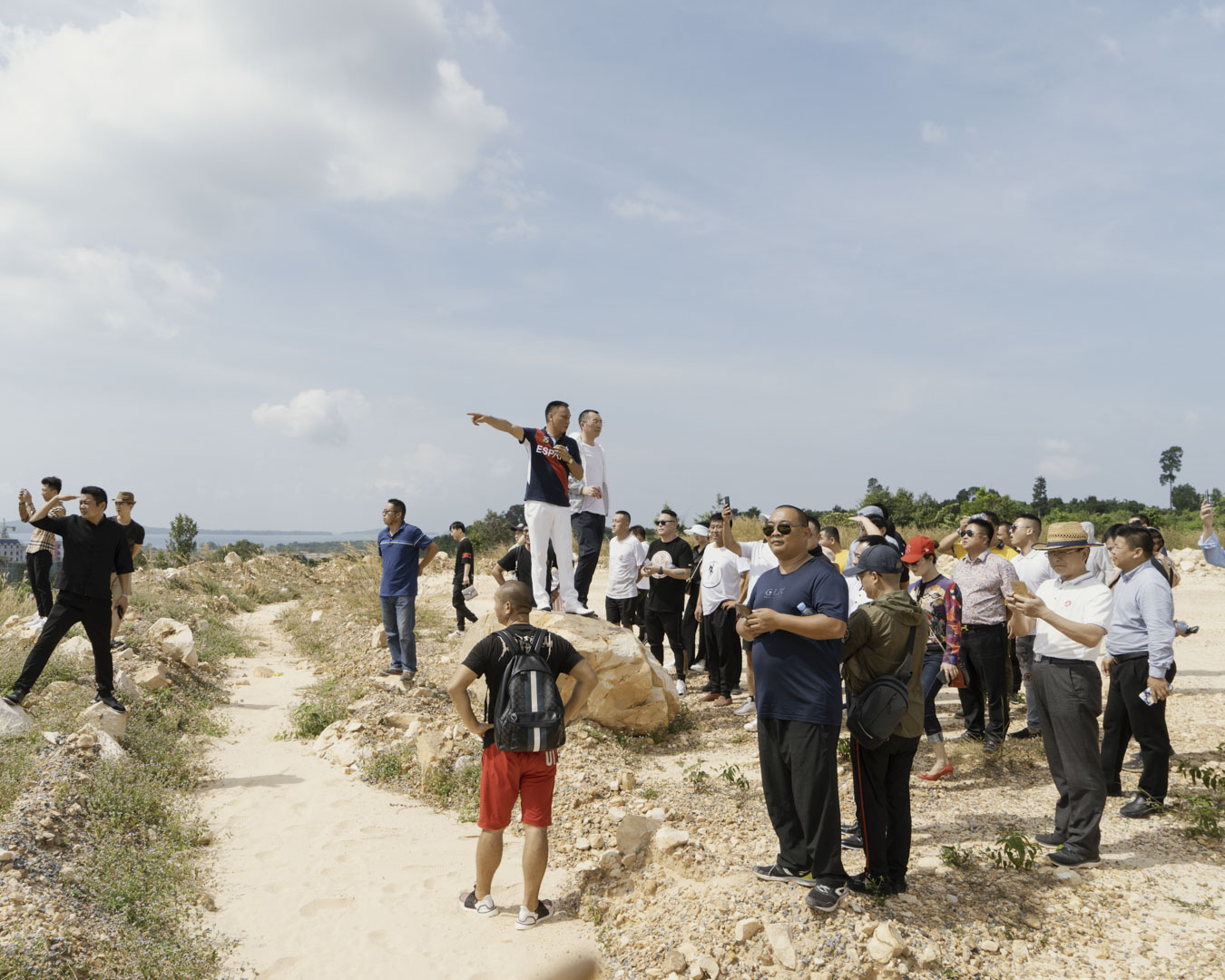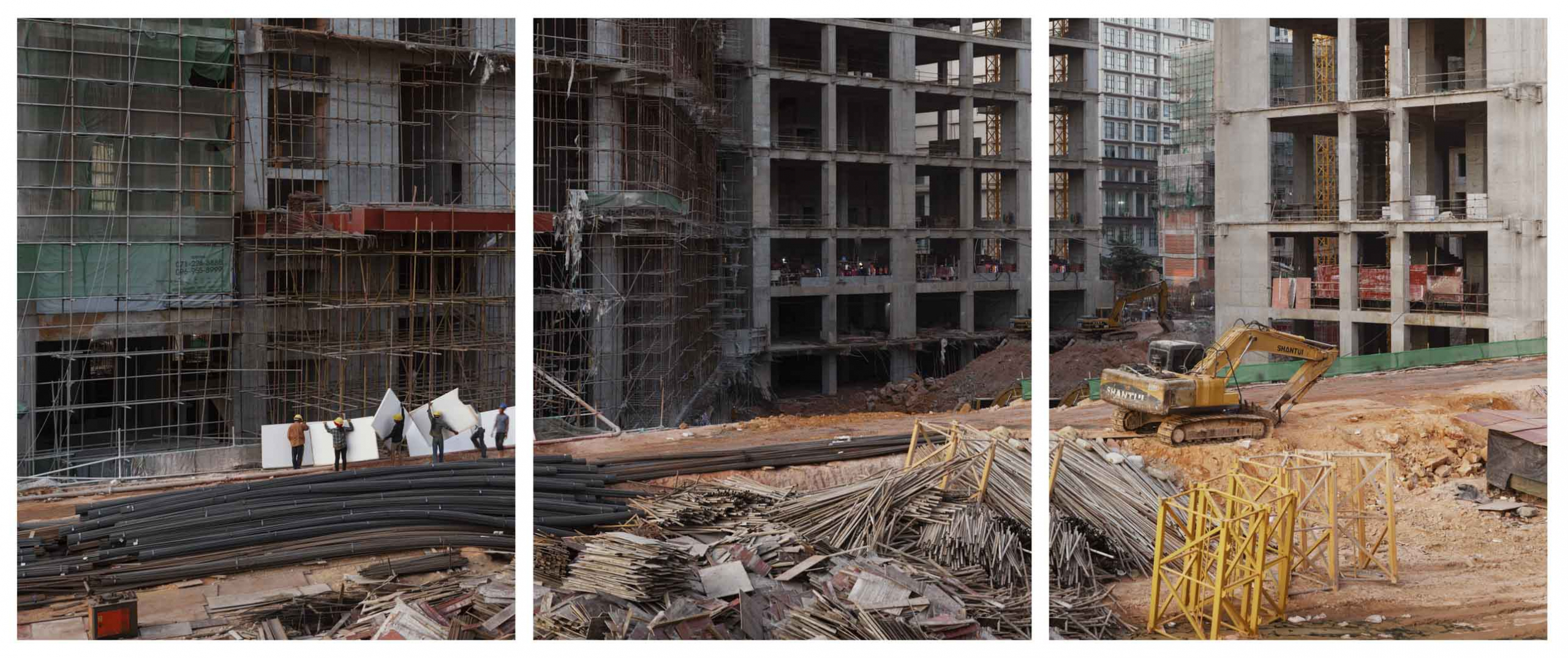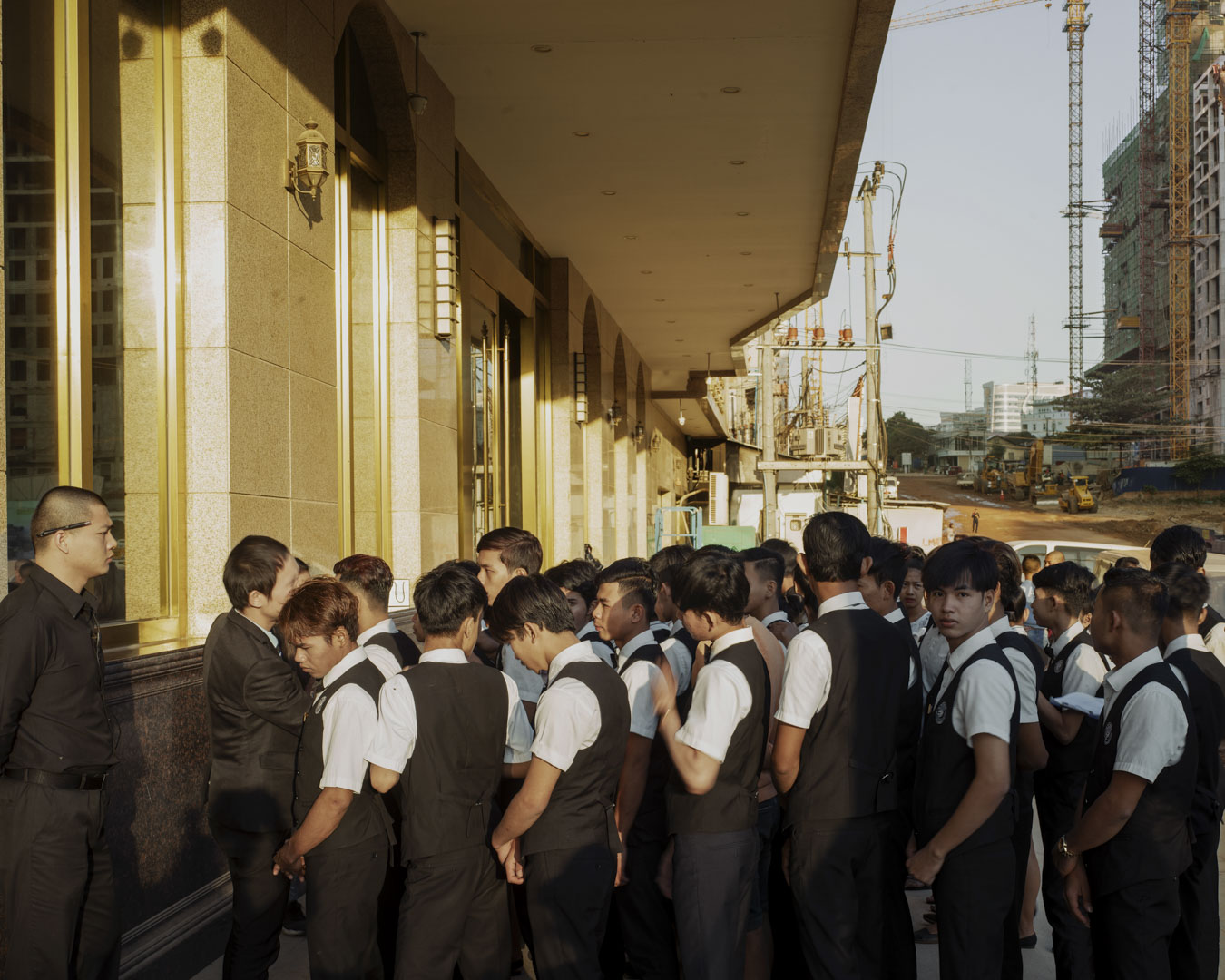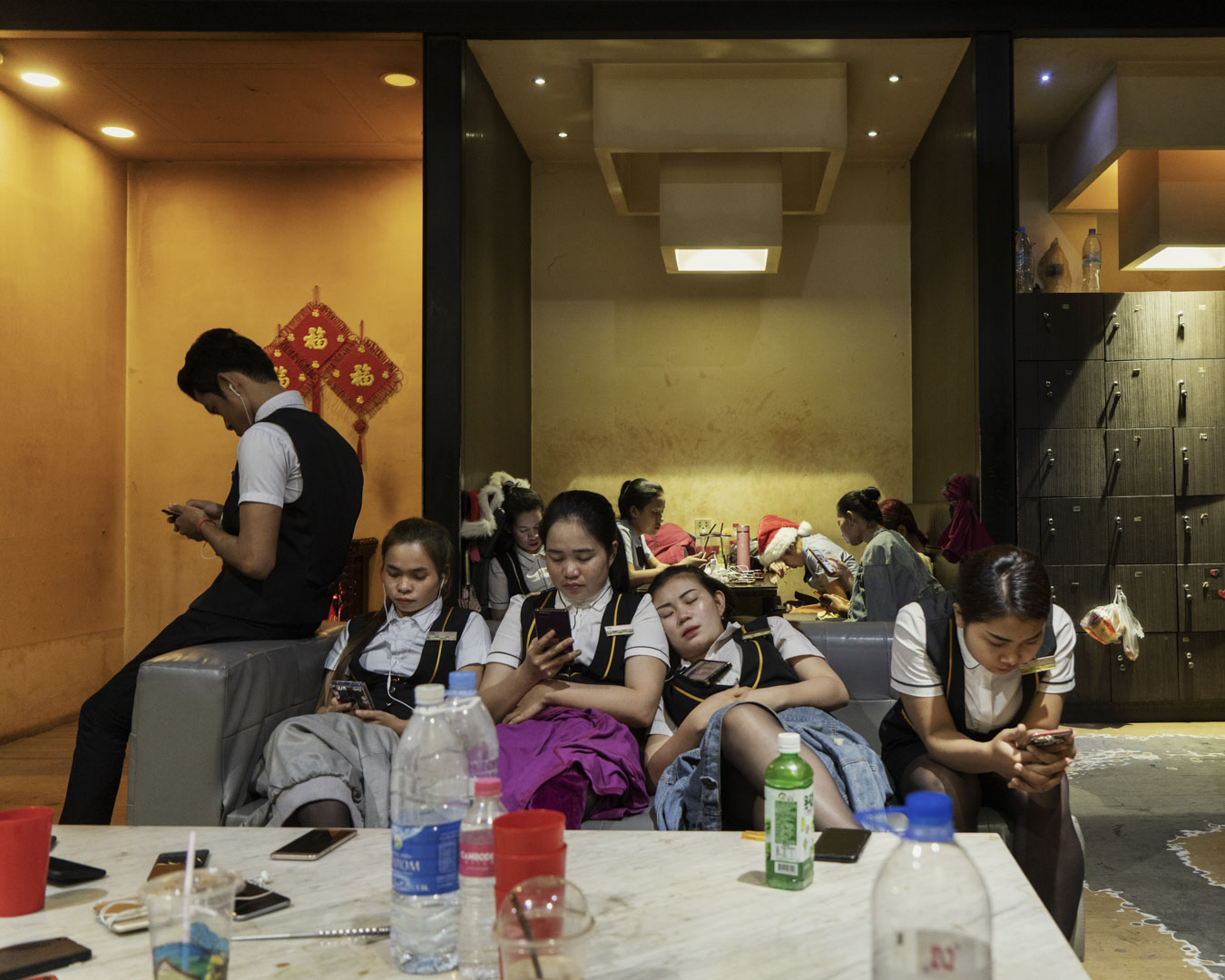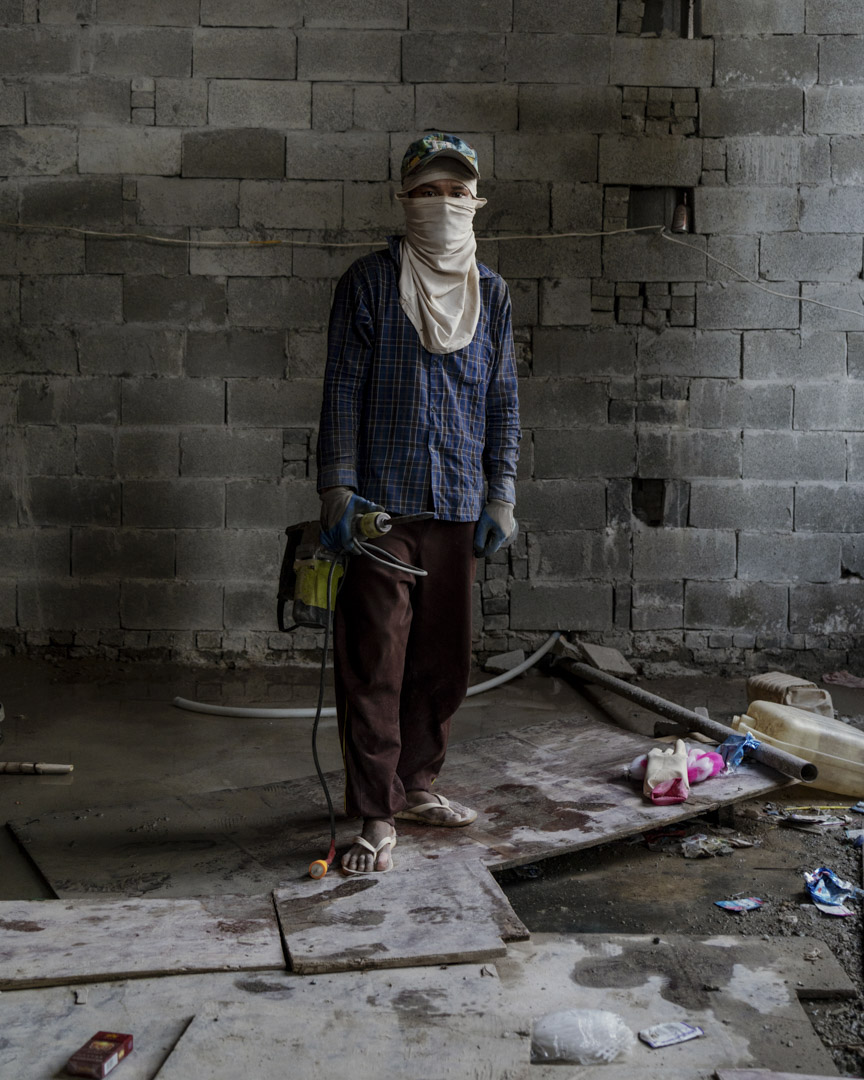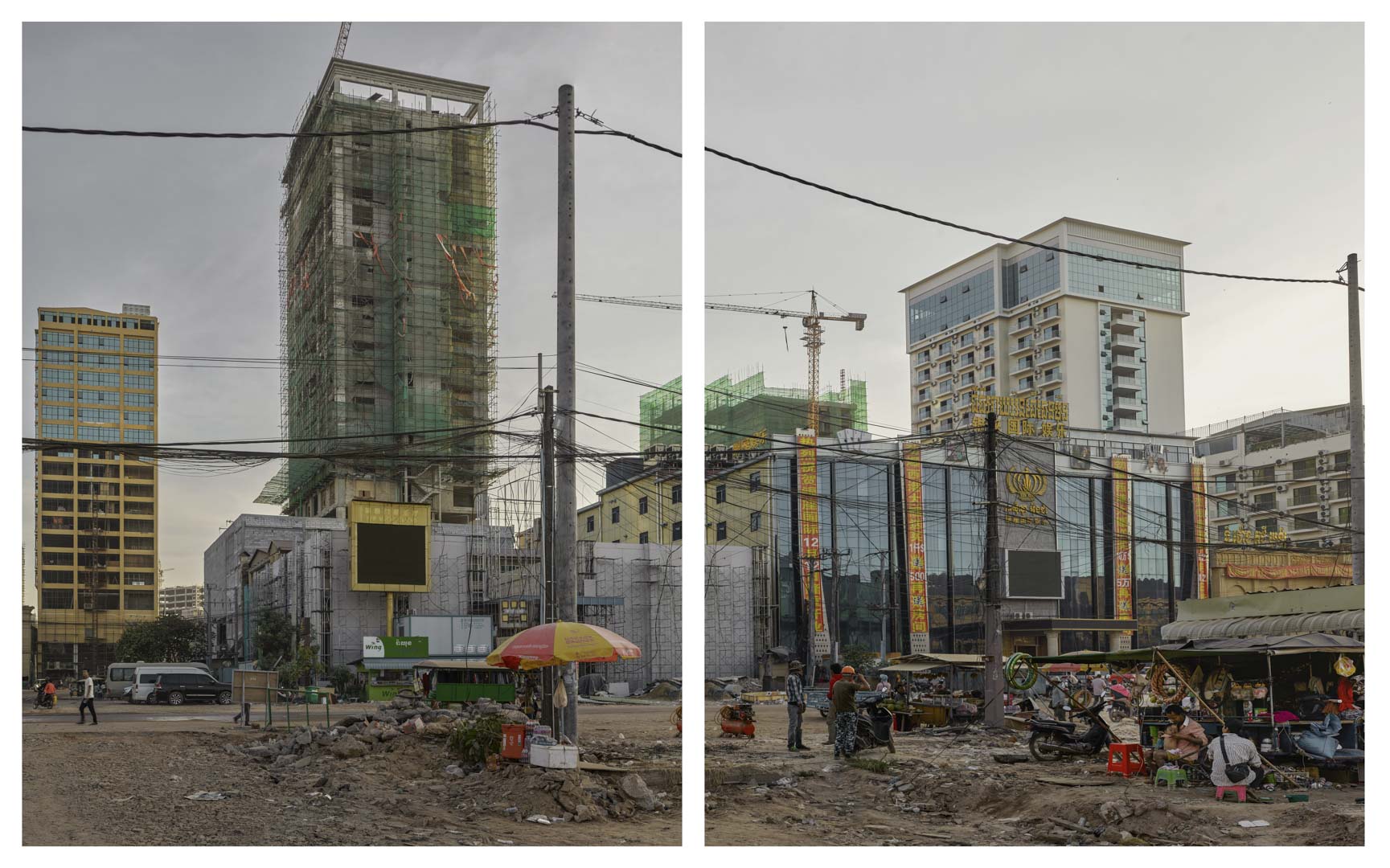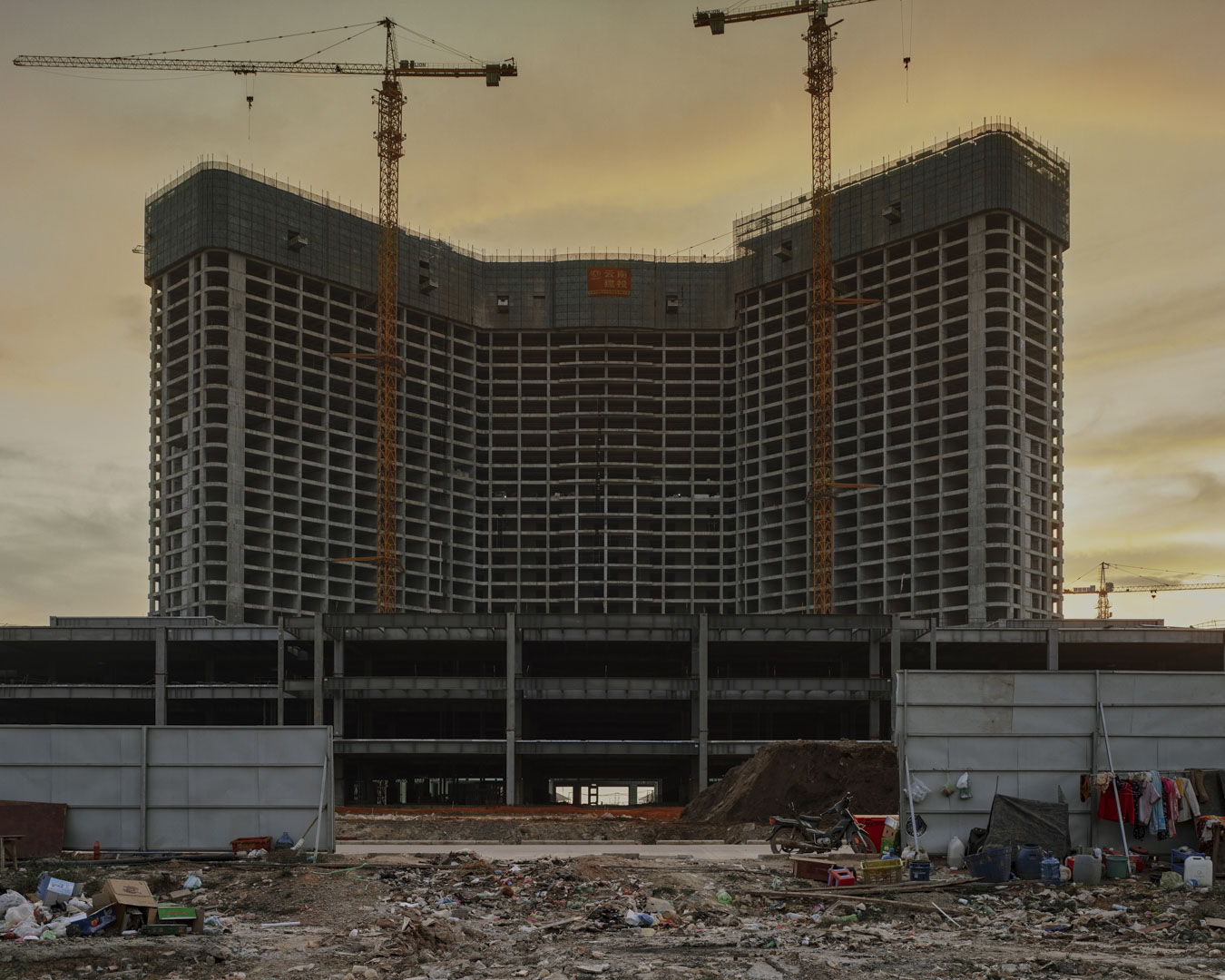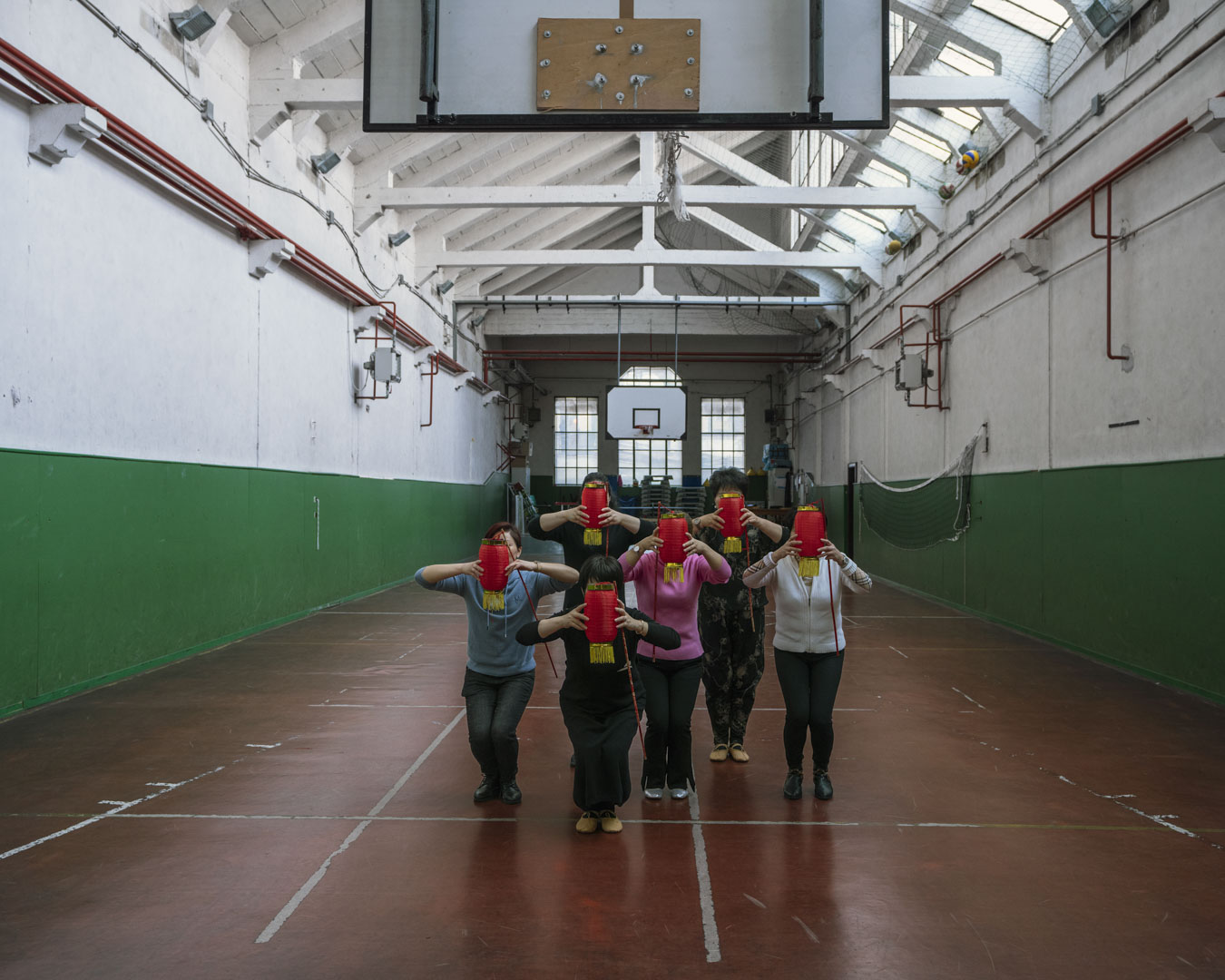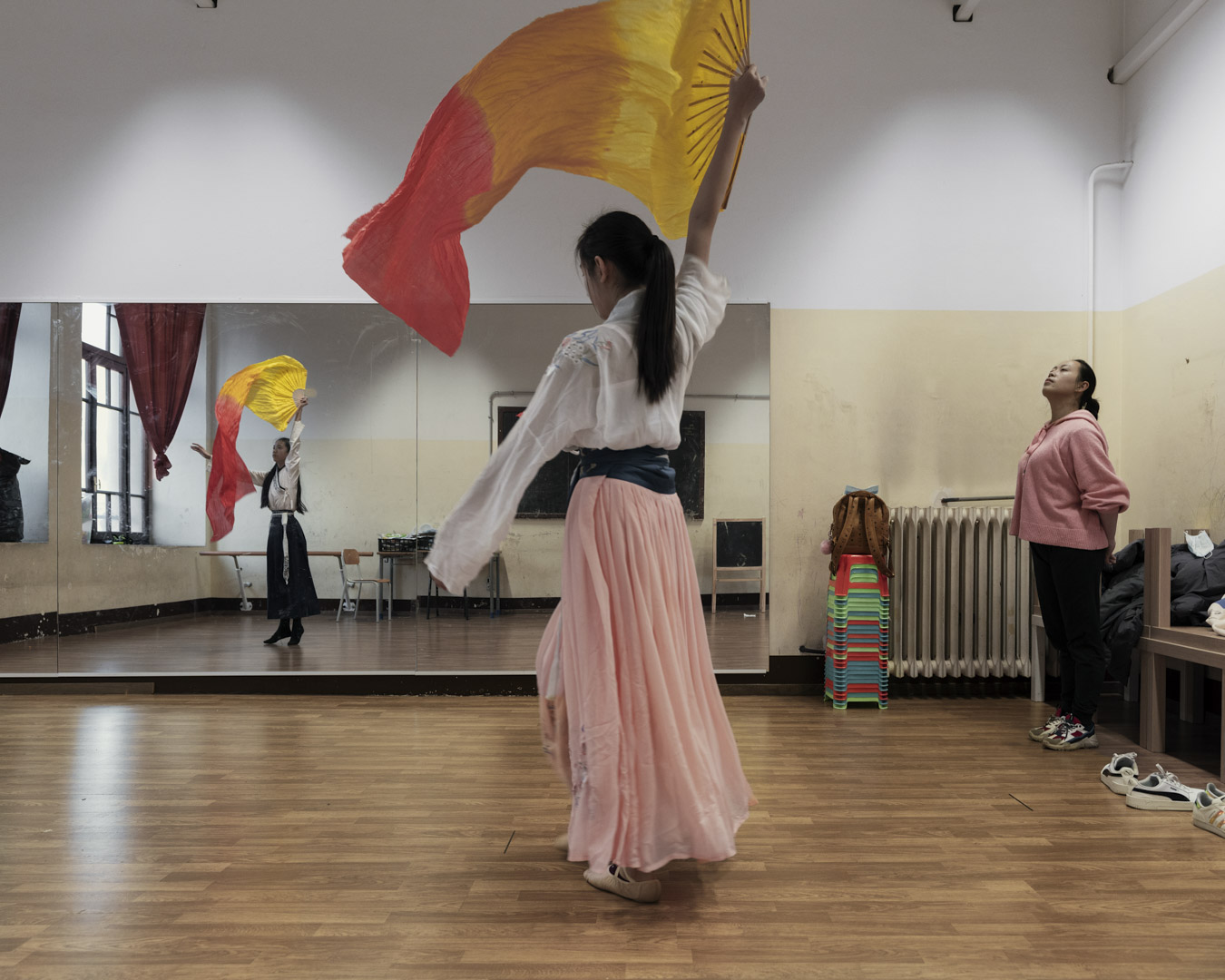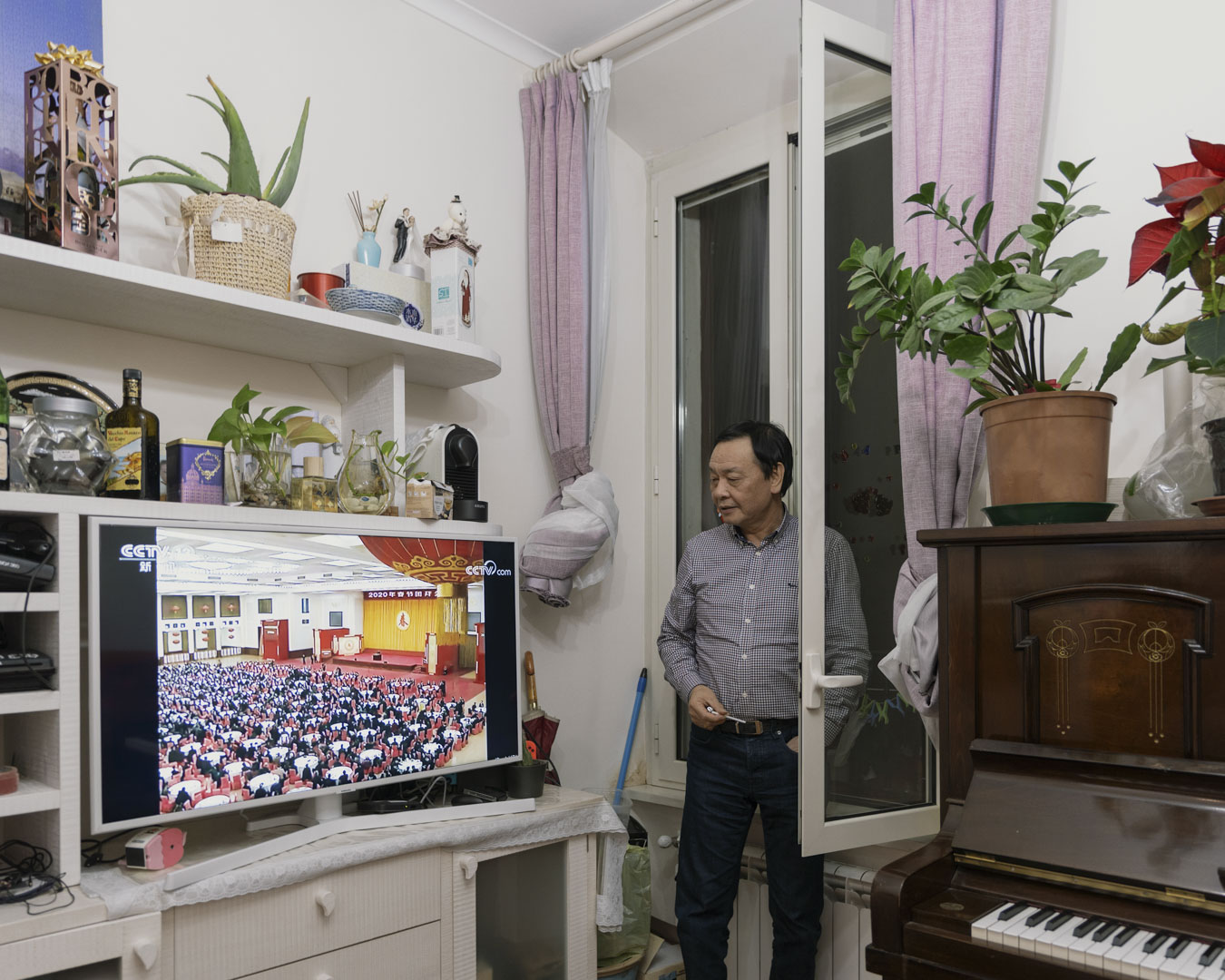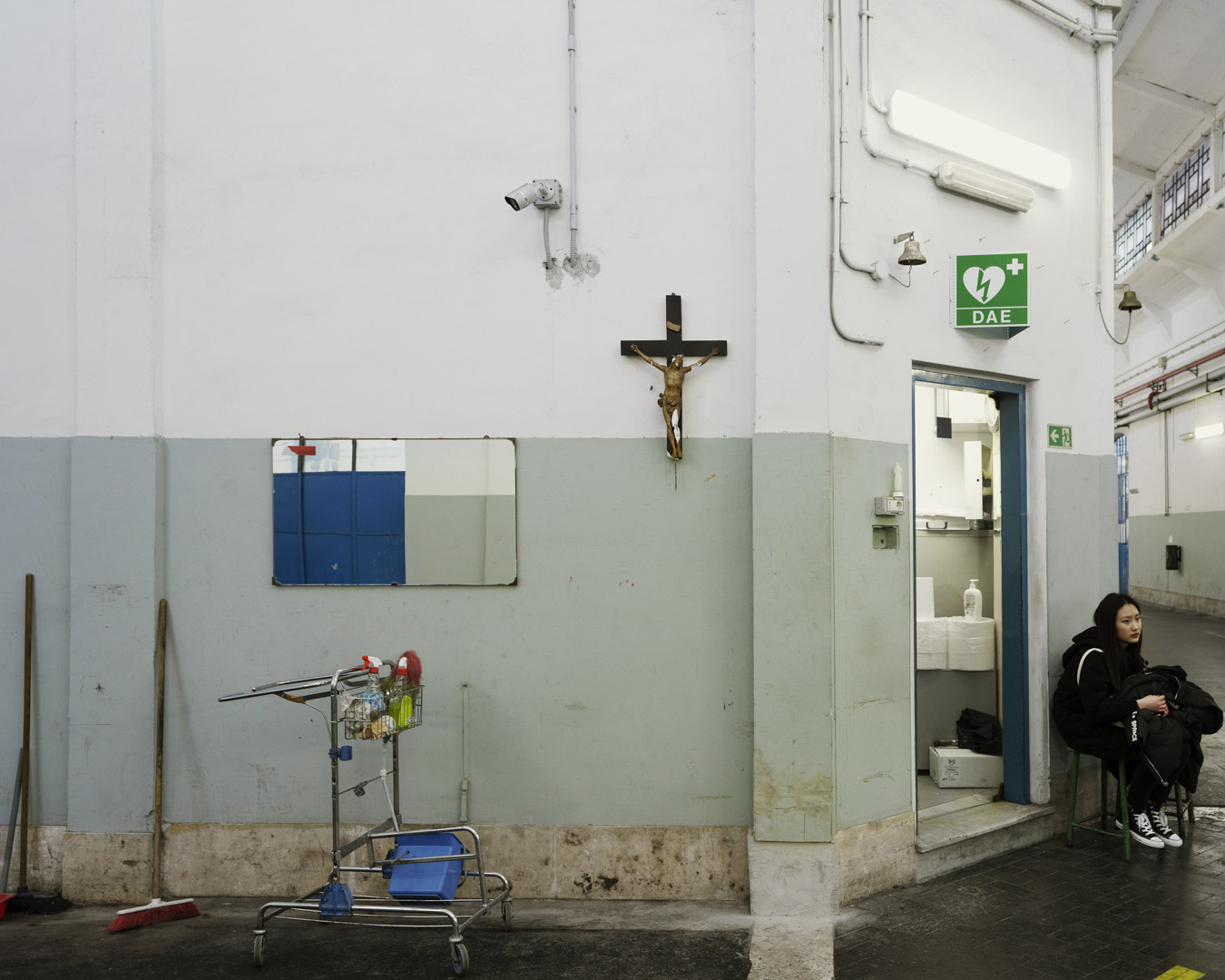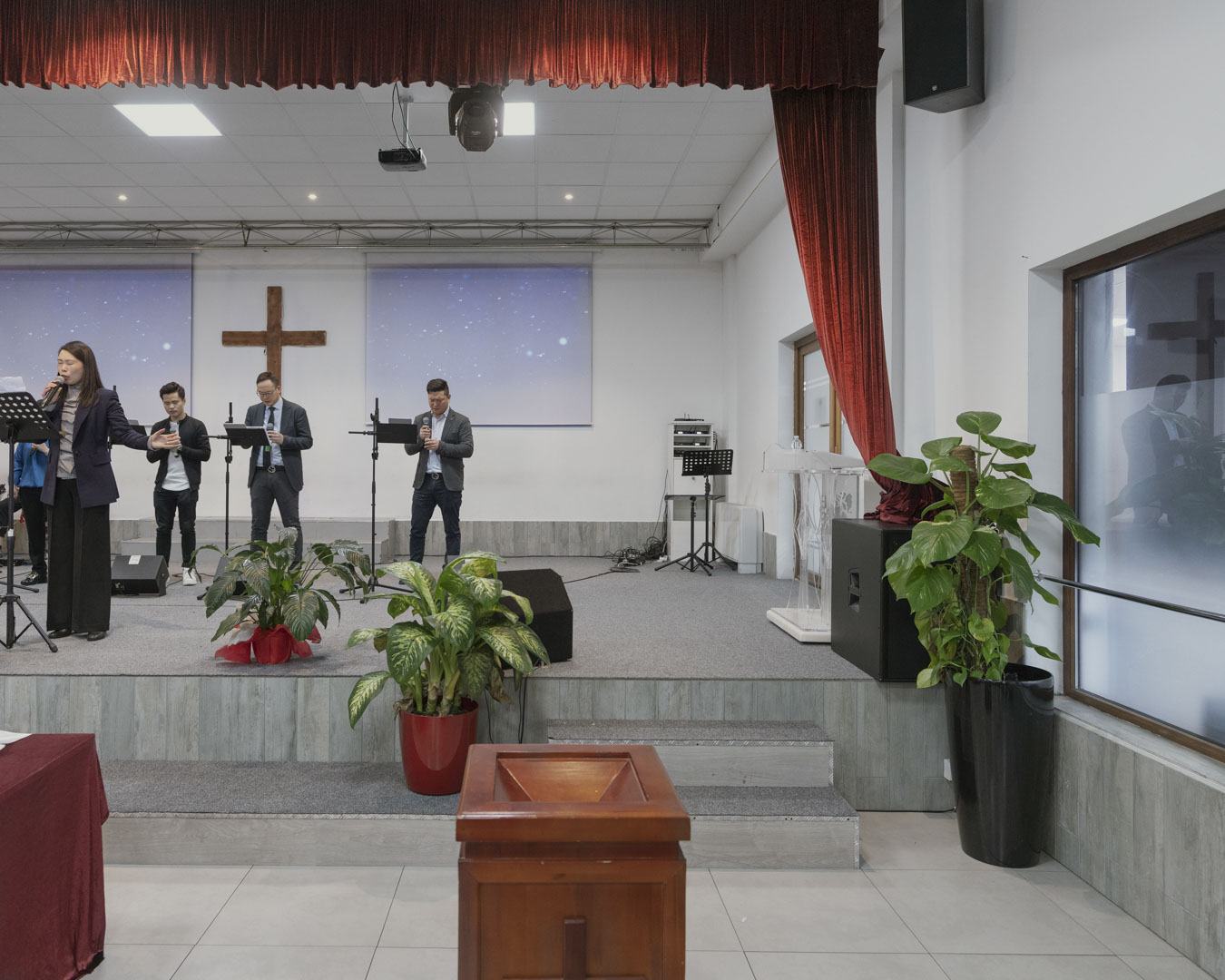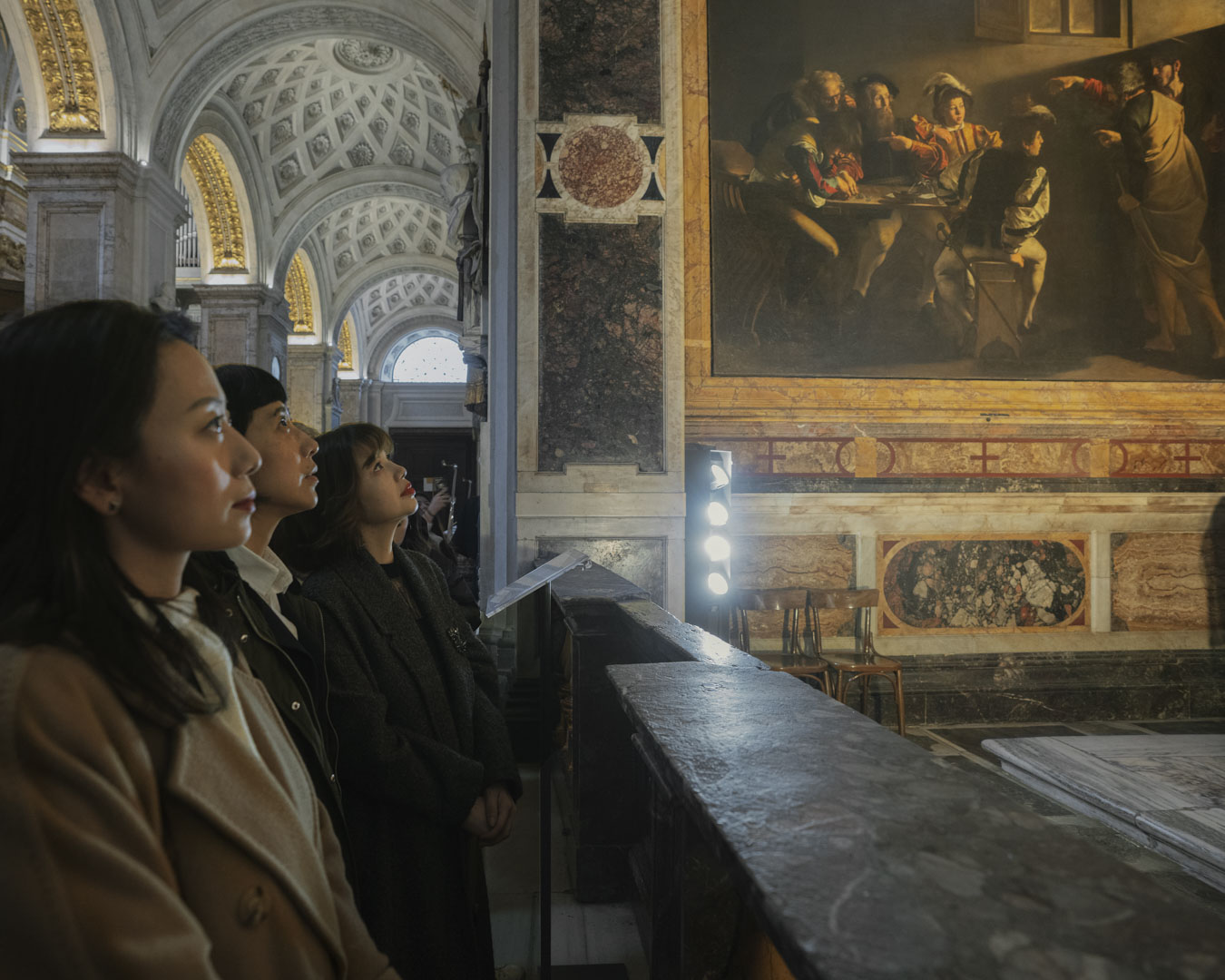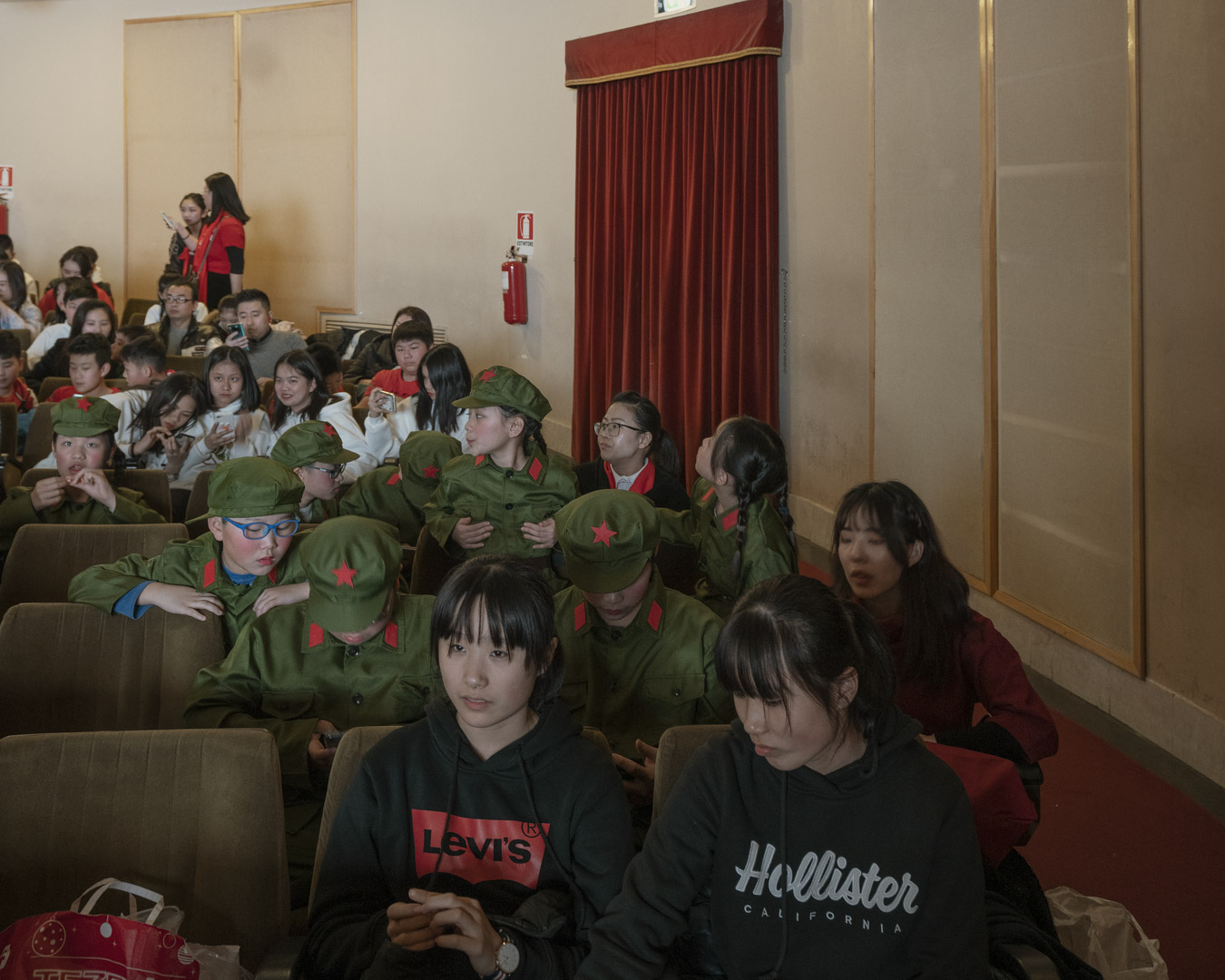Kazakhstan
The journey continues to Aktau in Kazakhstan, which borders the Caspian Sea on the way to Europe. During this expedition, the monumental changes to the landscape and to certain populations are evident. Huge ghost towns are springing up, few have settled there yet, but they promise to be the new nerve centres of the world economy. .
Ethiopia
As Africa’s largest trading partner, China has been financing numerous development projects on the continent since the 2000s, particularly in the energy and transport sectors.
Among the countries benefiting from this investment, Ethiopia has a record number of Chinese installations. In twenty years, China has provided the country with its first six-lane national highway ($800 million), a railway line linking its capital Addis Ababa and the seaport of Doraleh in Djibouti ($4.5 billion), the Gotera intersection ($12.7 million) and an $86 million bypass in the capital. The Chinese powerhouse also built the first metro system in sub-Saharan Africa in Addis.
In the country, the construction of two mega-dams, erected as a symbol of the African hydroelectric boom, is however highly controversial. The “Grand Ethiopian Renaissance”, located on the Nile in the north-west of the country and whose 6,000 MW capacity is equivalent to the production of 6 nuclear reactors, has been at the heart of a diplomatic dispute with Egypt and Sudan since 2011. The pharaonic “Gibe III” dam, which is supposed to supply electricity to Ethiopia, Kenya, Sudan and Djibouti, is strongly criticised for its impact on biodiversity and the lives of local communities in the Lake Turkana region. The largest desert lake in neighbouring Kenya, Lake Turkana is a World Heritage Site. For Terri Hathaway, Africa Programme Director of International Rivers, “Gibe III” is “the most destructive dam in Africa”.
Djibouti
In Djibouti, Beijing has injected some 14 billion dollars into the economy in 5 years and now holds 70% of the national debt. Taking advantage of the country’s strategic position in the Horn of Africa, the Chinese army established its only overseas military base there in 2017, leasing the land to offset the country’s debt.
Cambodia
In Cambodia, major development projects financed by China have exploded in recent years. With a significant increase compared to 2019 (+70%), foreign direct investment (FDI) by Chinese investors reached $860 million in 2020.
Mostly injected into the construction, industrial and tourism sectors, Chinese investments have contributed greatly to the economic development of the kingdom since the 1990s. Currently under construction, the 190 km highway linking Phnom Penh to Sihanoukville, the new Chinese capital of gaming and luxury tourism, is the largest project invested by China in Cambodia ($ 1.9 billion). It is due to be completed in 2023.
Such developments, although they have allowed rapid development of the country, are not without consequences for the population (16 million inhabitants), 30% of whom still live in extreme poverty. The unequal distribution of wealth, the use of a predominantly Chinese workforce, leading to a large number of Chinese immigrants and an increase in the cost of property, interference in local politics and the catastrophic impact on the environment are all tangible effects of the Belt and Road Initiative on the territory and its population.
Italia
The Chinese community, which has been in the country for several generations and is becoming increasingly established economically, is constantly developing its businesses, language schools, places of worship and cultural activities. In Via dell’Omo in Rome, the nerve centre of Italian “Made in China”, nearly a third of the shops are Chinese. As for tourists from China, who are becoming more and more numerous every year, they spent 650 million euros in the country in 2019, according to the Italian National Tourism Agency (ENIT).

